
Viraj Karambelkar (Caltech, USA)
The combination of ZTF's depth and cadence has enabled the discovery and characterization of several intrinsically faint transients in the
local universe. This includes the lowest luminosity thermonuclear explosion discovered to date (at M ~ -12.5),
as well as new luminous red novae and
intermediate luminosity red transients. The systematic survey strategy has put us in a position to accurately determine the rates of these events.

Mickael Rigault (IN2P3, France)
For Supernova Cosmology, ZTF is a revolution. Not only are we already collecting more high-quality lightcurve SN Ia in 3 years than all other
samples combined in 20, but we systematically classify them with our dedicated spectrographs. To me, it is this combination of a synaptic
photometric sky survey with a daily cadence combined with fully automated typing facility that makes ZTF a groundbreaking experiment for cosmology.
The first aspect solves the issue we had so far to collect enough nearby Supernovae since those are rare; now we got them all! The
second solves the issue of selection functions while creating a legacy sample for the next decade. I’m confident the ZTF SN light curve
and spectra will become the training sample of all future photo-typing methods. Last but not least, with several thousands of nearby SNe
Ia ZTF opens, for the first time, a new avenue for SN Cosmology: the direct measurement of the current growth rate of large-scale structure.
From a more personal point of view, ZTF offered me many opportunities to lead exciting and useful projects (i.e. building the spectrograph pipeline)
and to grow as a scientist. I joined ZTF as a beginner postdoc in 2015 and I now have an ERC Starting Grant and a permanent position in France while
leading the ZTF cosmology Working Group and the ZTF-France project. This would never have been possible without the research environment that exists
within the ZTF Collaboration.

Raghnild Lunan (University of Stockholm, Sweden)
Much of the power of ZTF lies in statistics: many phenomena we previously had single examples of, we now have samples, and the data to quantify
how common they are. Examples of this regarding SLSNe is a new subclass of SLSN-Ib with He signatures in the ejecta, SLSNe with evidence of strong
mass loss prior to explosion (seen through light curve variability), and H-rich SLSNe that do not show narrow lines (indicating either that they
are not CSM-powered, alternatively that the geometry of the CSM is different). ZTF's excellent light curve coverage also means that we routinely
cover the entire rise and are able to constrain explosion dates, and generally have high enough quality data that we can finally discriminate
between light curve models. As well as vastly improved rate and luminosity function calculations compared to previous work, and discovering
essentially all SLSNe in the Northern hemisphere that are nearby enough to follow-up until late times.

Kate Maguire (Trinity College Dublin, Ireland)
The key new parts in ZTF in the field of Type Ia supernovae (SNe Ia) are the very early and very late capabilities of
discovery and analysis. It is the first time we have large statistical samples of multi-colour SN Ia light curves within hours to
days of explosion, combined with very rapid spectroscopy and excellent follow-up. This means we can say a lot more about the
population demographics of SNe Ia very soon after explosion than previous single objects or small biased samples. The other
aspect that we have not explored as much yet but I think will be interesting is very long-lived transient science and processes
such as circumstellar interaction that will be possible with ZTF's long baseline. We are also exploring the extremes of rare
thermonuclear transients at the very bright (so-called super-Chandrasekhar) as well as under-luminous events that test the
predictions of the progenitor channels for SNe Ia.
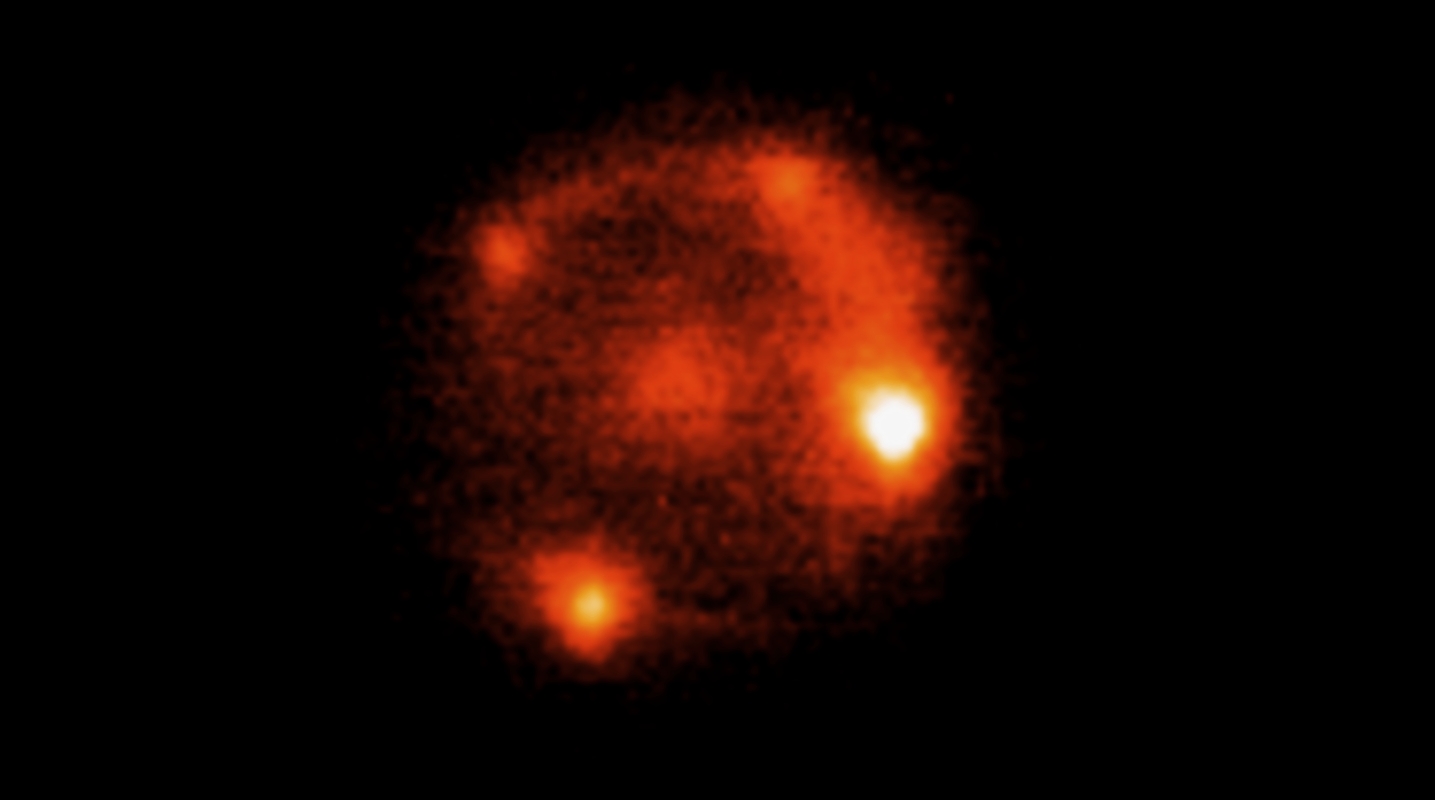
Ariel Goobar (OKC, Stockholm University, Sweden)
The ZTF SNe Ia sample, already >2500 SNe well measured objects, exceeds upon the state of the art in every respect: statistical power,
angular coverage, wide time coverage in three bands, careful control of selection effects. For cosmology, the sample being collected has the potential to be
the reference low-z anchoring data-set to be used to explore deviations from standard cosmology when combined with higher-z survey results from LSST and Roman.
Using Cepheid variables and TRGB distances from HST and JWST, the ZTF SN Ia sample has the potential to help settle the challenge to standard cosmology from the
H0 measurements by the SHoES team.
Peculiar velocities from ZTF Ia SNe is likely to be of key legacy value. For astrophysics, the study of the brightness, color and light curve shapes of
SNe Ia, in conjunction with their host galaxy properties, is already providing important clues as to their progenitors and the properties of the ISM in the line of sight.
Dhawan et al 2021 presents the first year SNIa data which is a major milestone for the project. In
Biswas et al 2021 we demonstrated the power of ZTF to find rare coincidences,
in this case a pair of Ia siblings that together yield an accurate and cosmology independent measurement of the SALT beta parameter, the color-brightness calibration factor.
In Tsaprazi et al. (2021) we made the first study of large-scale clustering based on SNe (both Ia and CC)
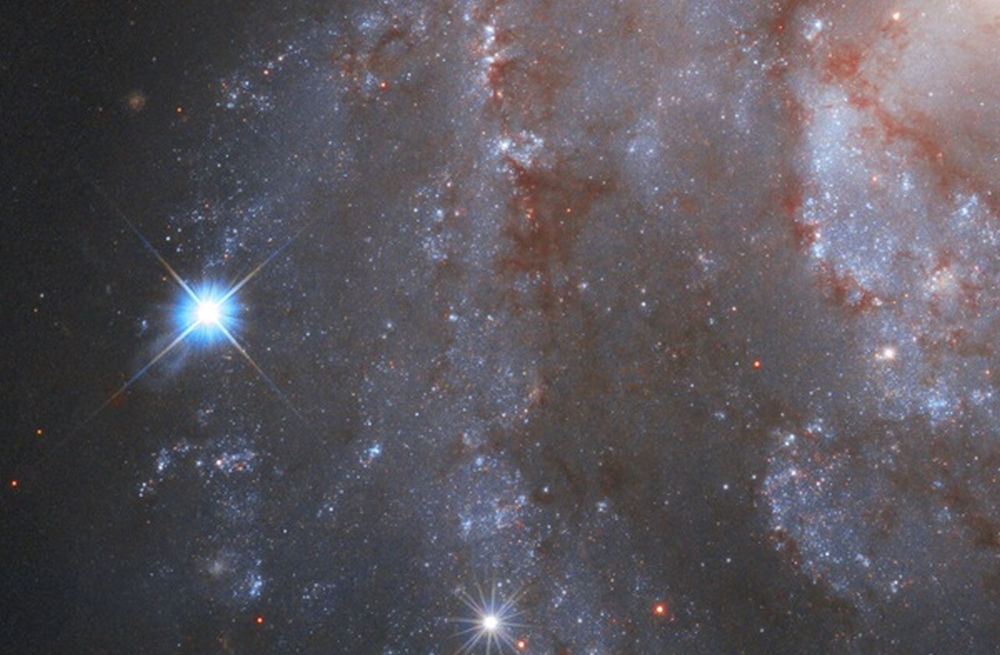
Christoffer Fremling (Caltech, USA)
The Bright Transient Survey is now routinely submitting SN Ia classifications to the Transient Name Server within 10 minutes of
spectroscopic observations with the SEDM.
This has been made possible thanks to the addition of the deep learning, automated system
SNIascore to our pipelines. Basically, all very nearby SN Ia will be known to the community in near real time!
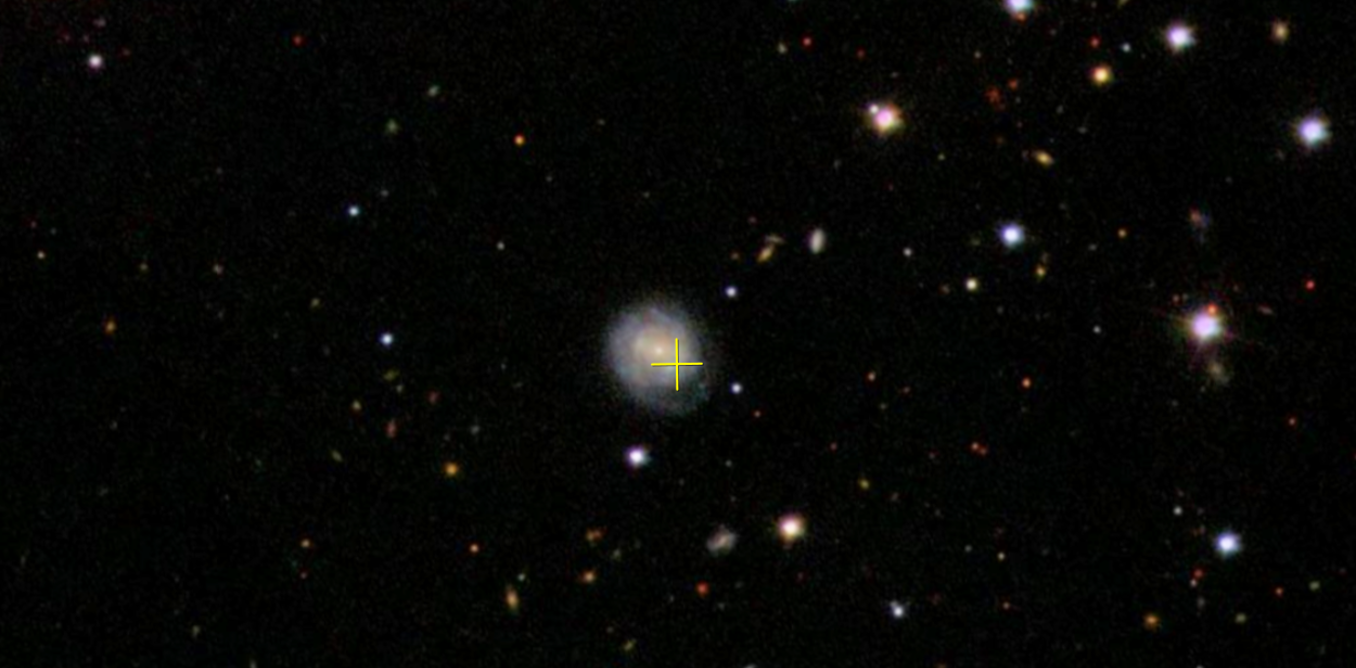
Daniel Perley (Liverpool John Moores University, UK)
I would say that ZTF's main achievement is a technical one: by providing most of its alerts in a public, open schema it is allowing us to perform transient
science in transparent, reproducable, systematic way. This - combined with ZTF's raw power, well-tested software pipeline, and the support of dedicated
classification spectrographs such as SEDM - allows us to construct big samples suitable for answering difficult statistical questions (such as: volumetric
rates, host environments, relationships between populations, etc.) without the concerns of selection effects or incompleteness that have plagued past work.
If something exists we can say how common it is; if it doesn't exist we can put convincing limits - spanning huge ranges of timescale and luminosity.
This applies both to classes of transients but also to transient behavior: for example, strong early CSM interaction, precursors, and the like.
Additionally, ZTF is the first and only survey to map the diversity of fast and luminous transients associated with shock interaction. We have specifically been able to
confirm that 2018cow-like events are engine-driven explosions of stars with mildly relativistic outflows but with very little slow ejecta. It's a genuinely new form of explosion.
Finaly, ZTF discovered/recognized a new supernova type (Icn), which shows that highly stripped stars can explode after undergoing intense high-velocity mass loss.
AT2018cow-like explosions and SNe of types Ibn and Icn provide evidence that some massive stars do not fully explode but instead produce messy mesys and only
partly-successful explosions in which the large majority of the mass is accreted onto a central black hole, leading to little or no escape of radioactive elements.
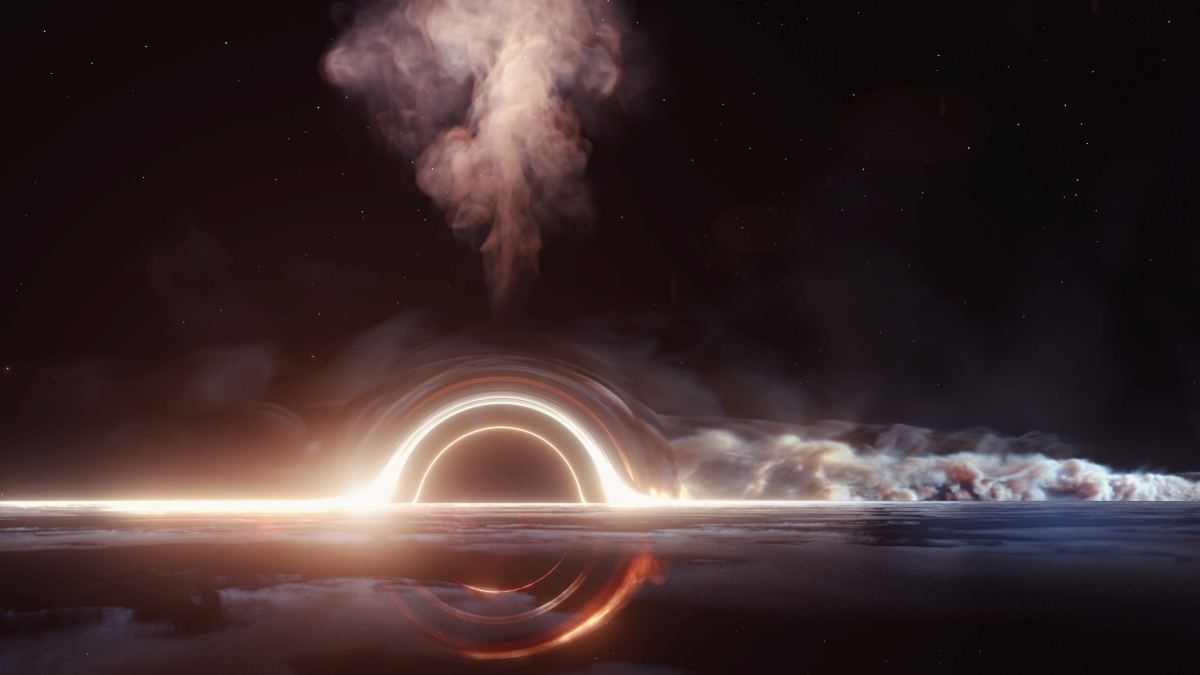
Marek Kowalski (DESY/Humboldt University of Berlin, Germany
I have been searching for the sources of high-energy, astrophysical neutrinos for more than a decade. It became clear early on that coupling neutrinos
with the right kind of electromagnetic follow-up observations was the key to making progress. With its huge field of view, ZTF was the
perfect project for the endeavor. Just two years into the survey, we were rewarded with observations of what appears to be a sources of high-energy
neutrinos, so called Tidal Disruption Events. By now we have identified three such objects in association with IceCube neutrinos, which is a truly
exciting development.
I like the basic concept of ZTF: Starting with an old telescope that we entirely refurbished, a novel camera coupled with advanced data
pipelines, as well as fast, robotic spectroscopic follow-up facilities, it turned into a uniquely powerful survey. The strong ZTF
partnership made all this possible.
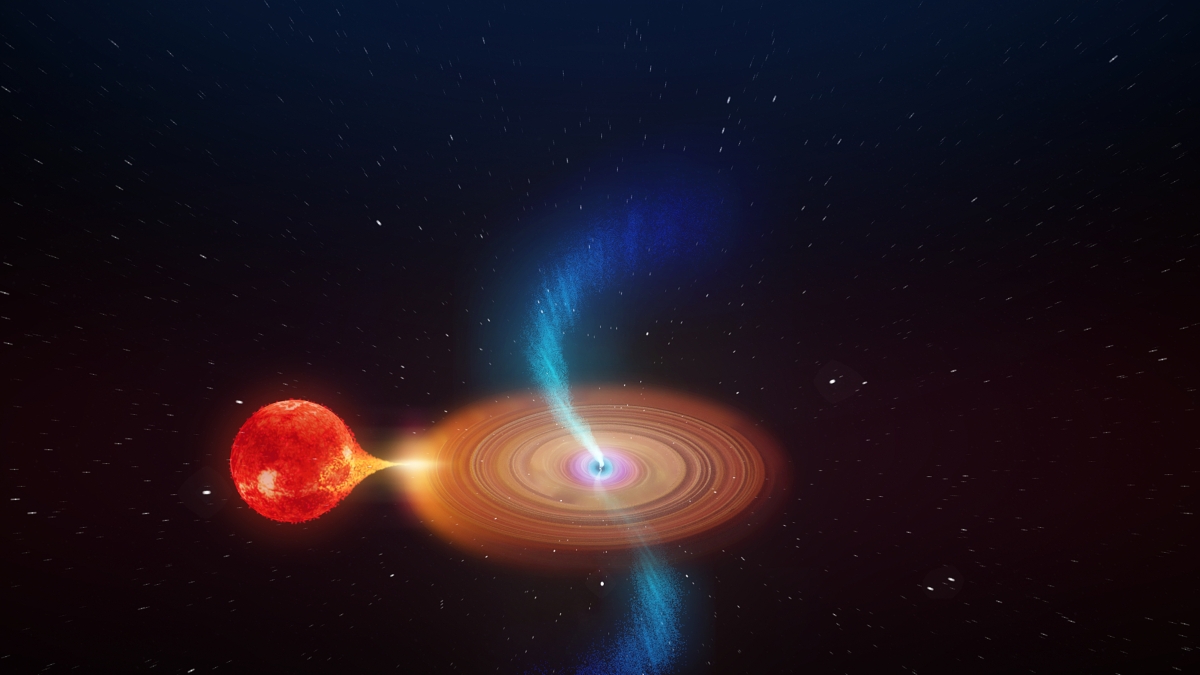
Yuhan Yao (Caltech, USA)
ZTF have enabled population studies of type Ia supernovae, including characterization of early-time light curve shape and color
evolution of SNe Ia (Yao+2019,
Miller+2020, Bula+2020). Using SN2019dge and systematic surveys conducted by ZTF, we established that
at least a fraction of sub-luminous fast blue optical transients (FBOTs) are ultra-stripped envelope core-collapse supernovae
explosions, and constrained the rate of such events (Yao+2020).
ZTF provides free & relatively deep optical monitoring for all northern sky. This shares synergies with the Spectrum Röntgen
Gamma (SRG) X-ray mission, as we have demonstrated in the case of the low-mass X-ray binary AT2019wey (Yao+2021a,
b),
and the high-mass X-ray binary SRGA J204318.2+443815 (Lutovinov+2021). For SRG discovered TDEs, ZTF data helped in
establishing that the majority of X-ray loud TDEs are optically faint. (Sazonov+2021). In SRGeJ1310+4443 (Marat+2021),
for the first time, we see X-rays prior to the optical flare. This single event disfavors the circularization (stream self-intersecting)
scenario to explain the optical component observed in TDEs, and supports the reprocessing theory (if the inclination angle is small and only a
small fraction of X-ray is reprocessed).
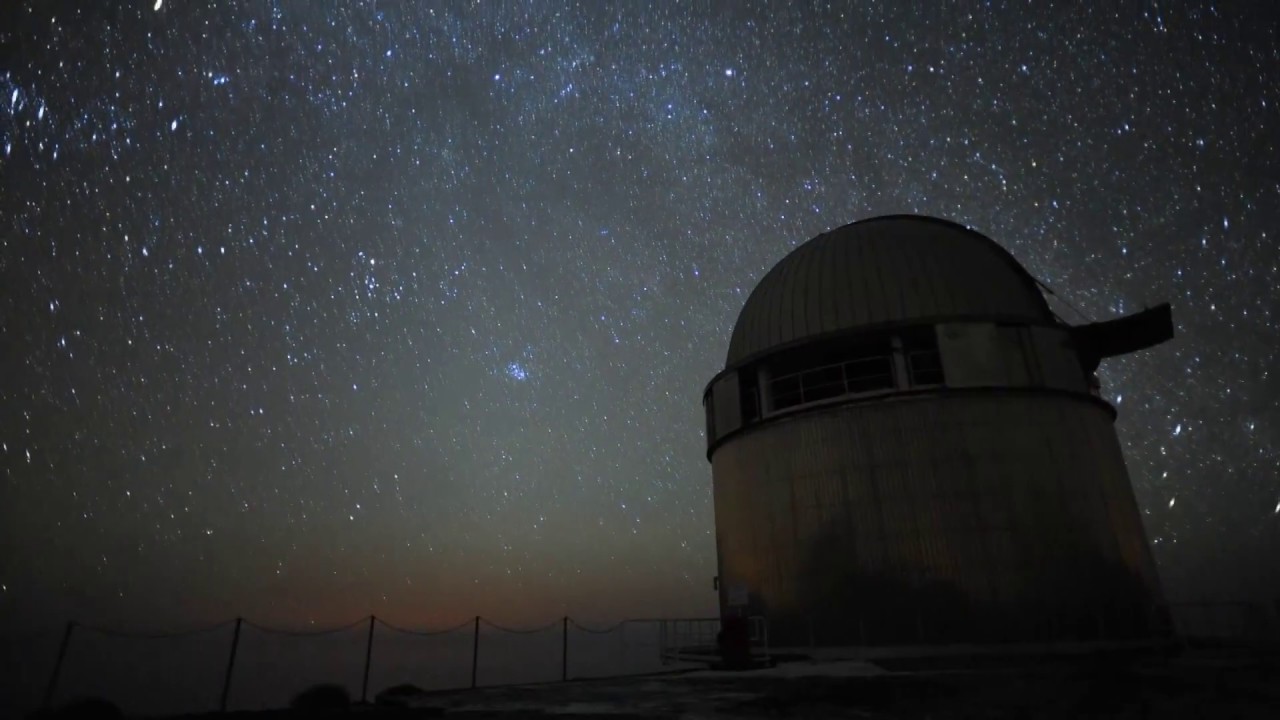
Jesper Sollerman (OKC, University of Stockholm, Sweden)
I like the way machine learning can weed out the proper alerts, how the Fritz Filters can sort the alerts for followup (with for example SEDM),
and how SEDM data further informs us on which objects to further scrutinize with larger telescopes. The LIGO follow up campaigns of Growth/ZTF were difficult to beat.
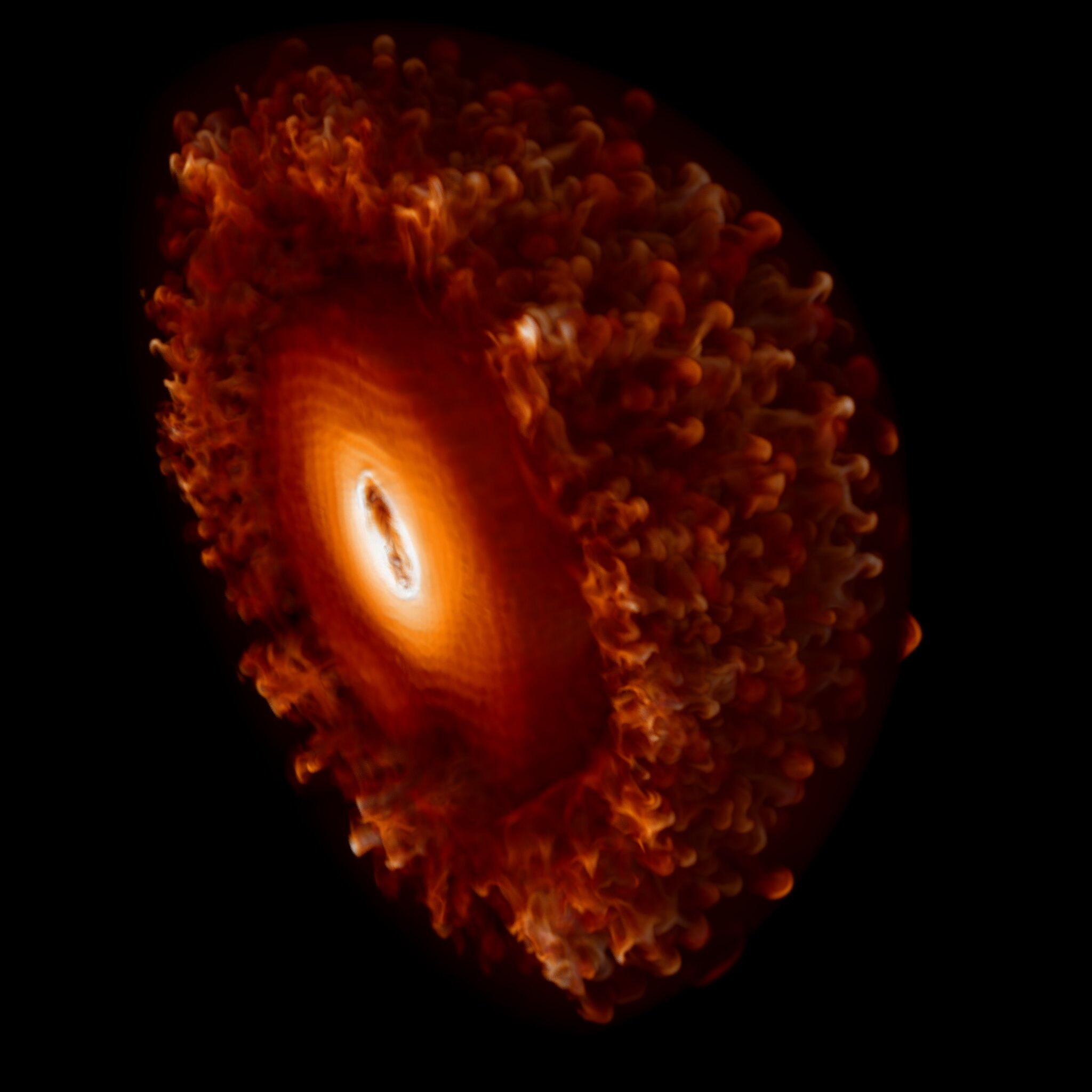
Lin Yan (Caltech, USA)
We have now identified a new class of He-rich SLSN-Ib (ZTF found six). Thanks to the excellent
phase coverage of ZTF we now find 38--53% of SLSN-I LC exhibit undulations with some even showing multiple peaks.
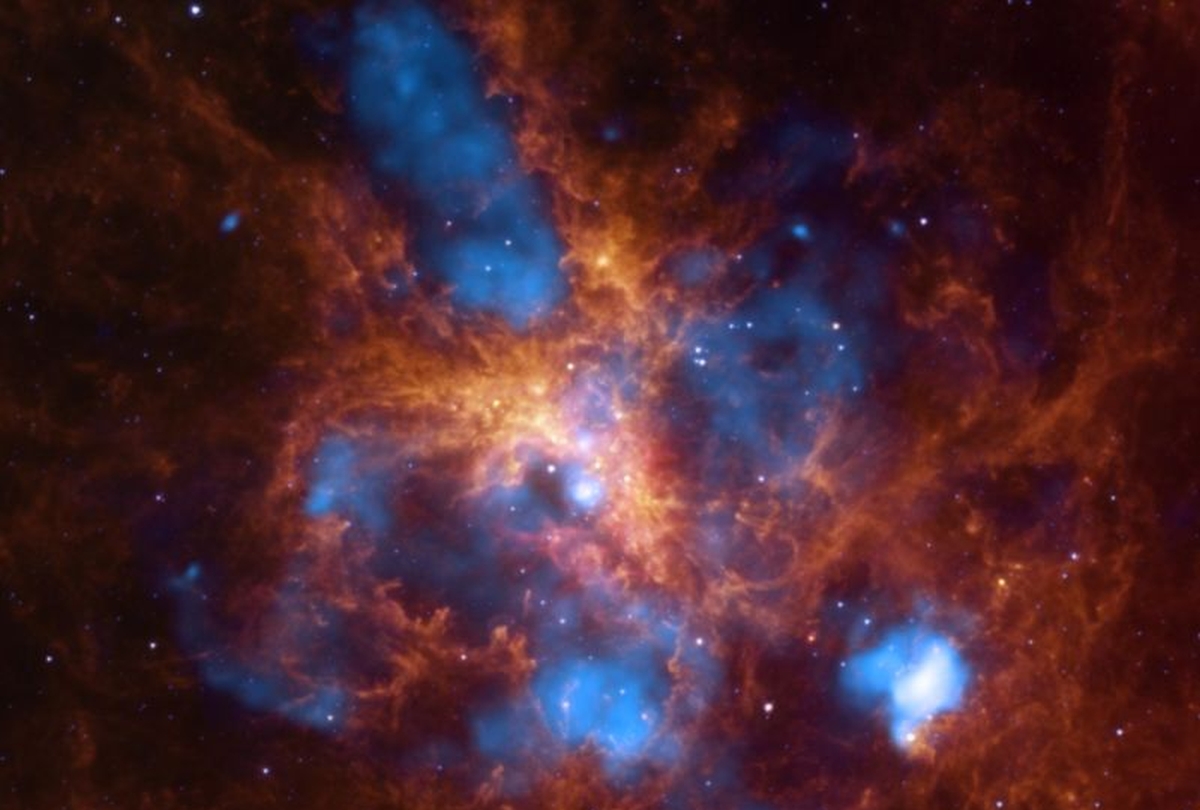
Avishay Gal-Yam (Weizmann Institute of Science, Israel)
Having the ZTF eye on the dymanic sky has led to a number of scientific results.
It is worth highlighting the Strotjohann et al. 2021, ApJ in which we show that
precursor eruptions before interaction-powered SNe (types IIn and Ibn) are common and are quite energetic . Most detected eruptions
(certainly for SNe IIn) cannot explain the interactions seen later on, which requires that there were previous, undetected eruptions, i.e., that this mass loss
process is extended or repeating.
Many type IIn require non-spherical CSM (Soumagnac et al. 2020). This is an elegant ZTF & Swift result, and the first time the sphericity of CSM is
tested for a SN sample rather than a specific single event. Non-spherical CSM should not be surprising given some galactic examples (e.g., eta carina) and
suggests some physics needed beyond standard stellar evolution (e.g., strong rotation or binarity).
Work combining the large SN sample from PTF/iPTF and the ZTF Bright Transient Survey shows that less than 1% of core-collapse SNe explode in elliptical galaxies
(as opposed to claims this is several percent, made recently). This is Irani et al. 2021, ApJ submitted and on arXiv. The mix of SN types seen (II, Ic, Ibn)
suggests this is likely from residual star formation, rather than a specific subclass that has an old progenitor (i.e., unlike Ca-rich events, recent De et al. paper from CLU).
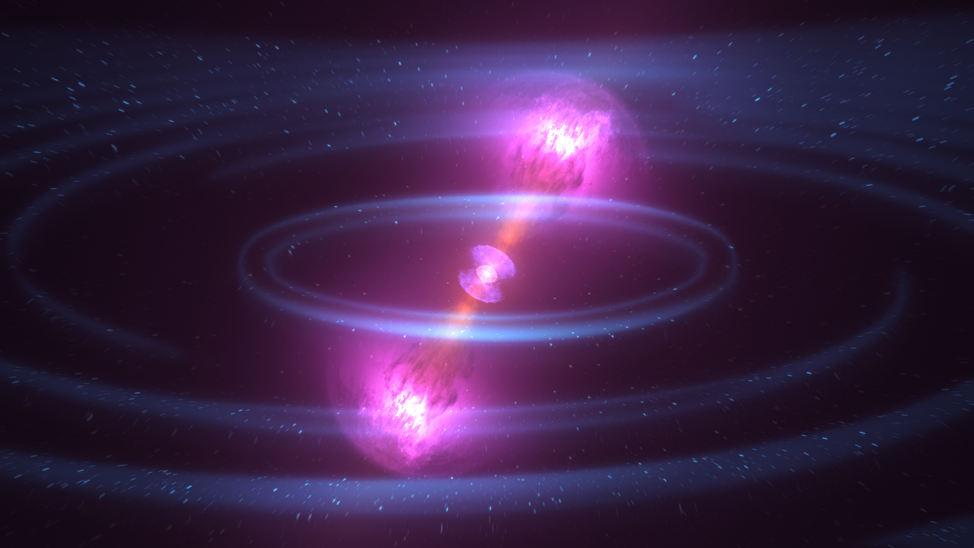
Igor Andreoni (University of Maryland, USA)
ZTF has enabled systematic probing of fast transients (evolution on hours to one-day timescales), which has resulted in the discovery of ~10 confirmed
afterglows independently of GRBs or gravitational wave triggers. Some of those afterglows are particularly interesting because they lack any associated
gamma-ray counterpart. Fast transient searches have also provided us with strong constraints on kilonova rates. In addition, ZTF has enabled a systematic
follow-up of gravitational wave sources, including neutron star-black hole mergers, allowing us to constrain some properties of the merging system even
without the discovery of an electromagnetic counterpart.
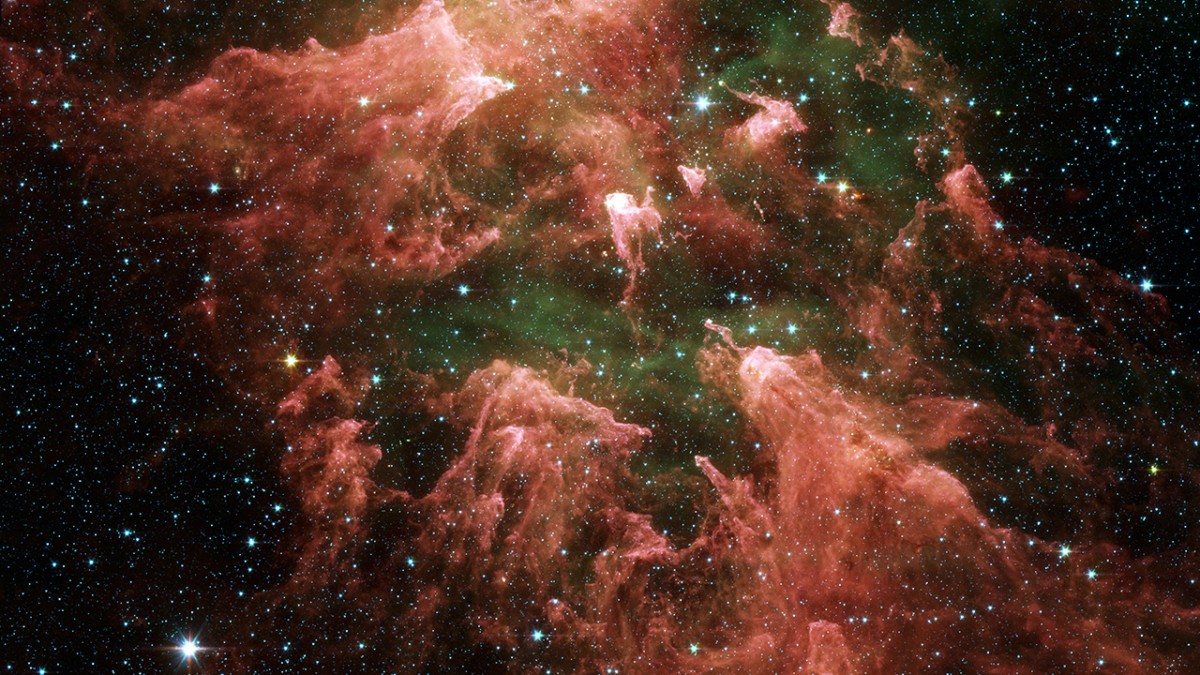
Kishalay De (MIT, USA)
Combined with systematic selection and spectroscopic follow-up, ZTF has enabled the largest volume-limited supernova
classification experiment (Census of the Local Universe or CLU), surpassing the decade-long Lick Observatory effort in 1 year of operations.
For the first time, CLU has systematically and in an unbiased way, identified populations of low luminosity extragalactic transients ranging from the
faintest thermonuclear supernovae to the weakest core-collapse supernovae. Scientifically, CLU demonstrated:
(1) The existence of the long-sought class of helium shell explosions on low mass white dwarfs, that observationally span from the mysterious
Ca-rich transients to faint Type Ia supernovae.
(2) A population of very fast evolving core-collapse supernovae that eject very little mass (~ 0.2 solar masses),
likely arising from extreme stripping by a binary companion. The rates of these SNe provide important constraints on
the field formation rate of NS-NS and NS-BH binaries detectable in LIGO/Virgo.
The CLU effort sets the stage for a systematic exploration of the faintest extragalactic explosions (M ~ -11 to -15) using VRO LSST. On the Galactic transients,
PGIR combined with ZTF (especially r-band) was instrumental in identifying a population of highly reddened novae that were systematically missed
in previous shallow searches in blue optical bands.
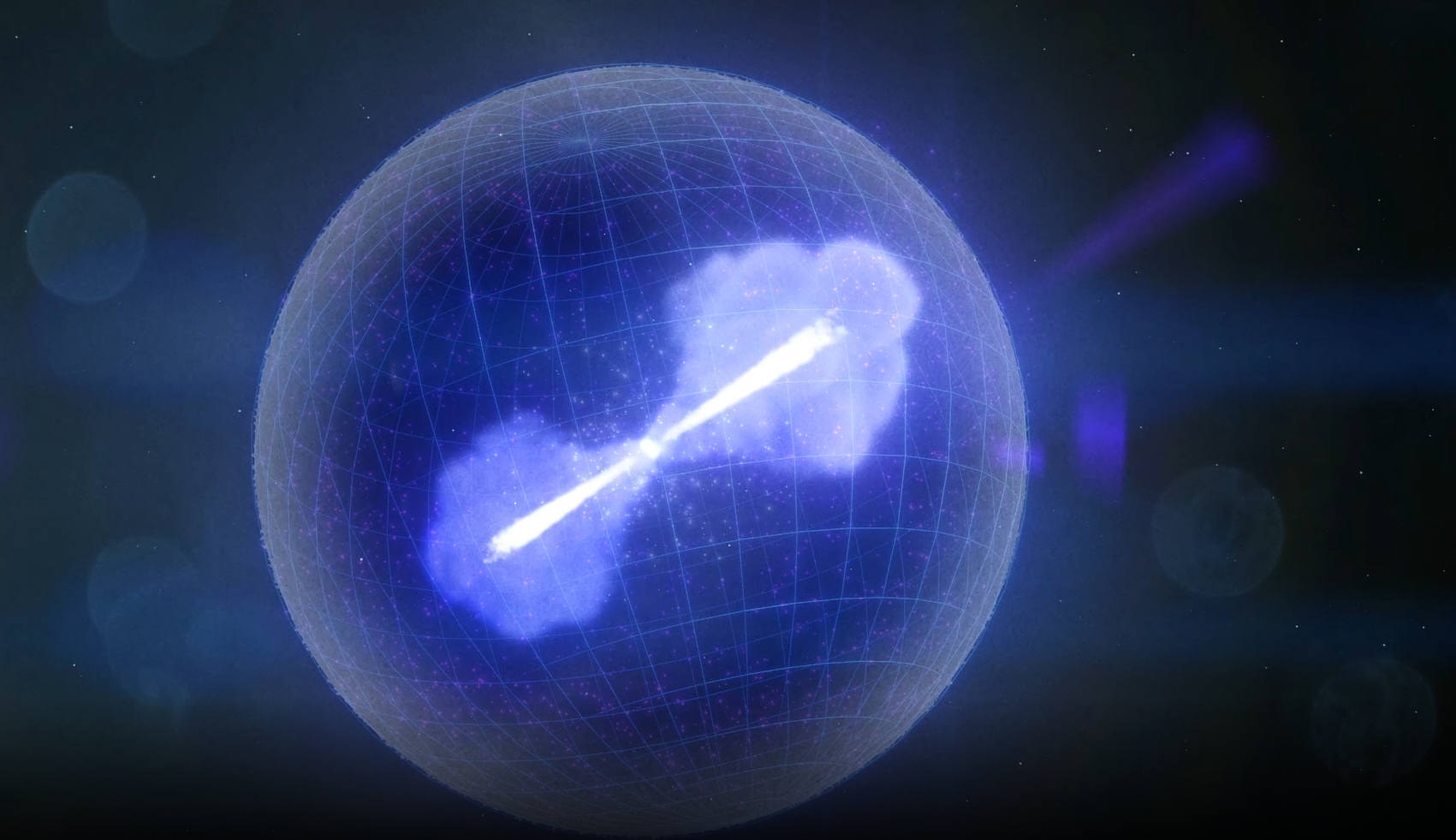
Shreya Anand (Caltech, USA)
ZTF is well-equipped for the rapid discovery of afterglows to short GRBs and counterparts to GW sources with its ability to
efficiently tile large localization regions to 22nd mag during a ToO observations, and its combination of cadence and depth during
serendipitous observations. The development of the ZTF Realtime Search and Triggering (ZTFReST) pipeline, which employs forced photometry
for measuring the decay rates of transients, has resulted in the discovery of 9 orphan afterglows/fast transients thus far. During LIGO's 4th
observing run, ZTFReST will act as a discovery engine for fast evolving transient counterparts.
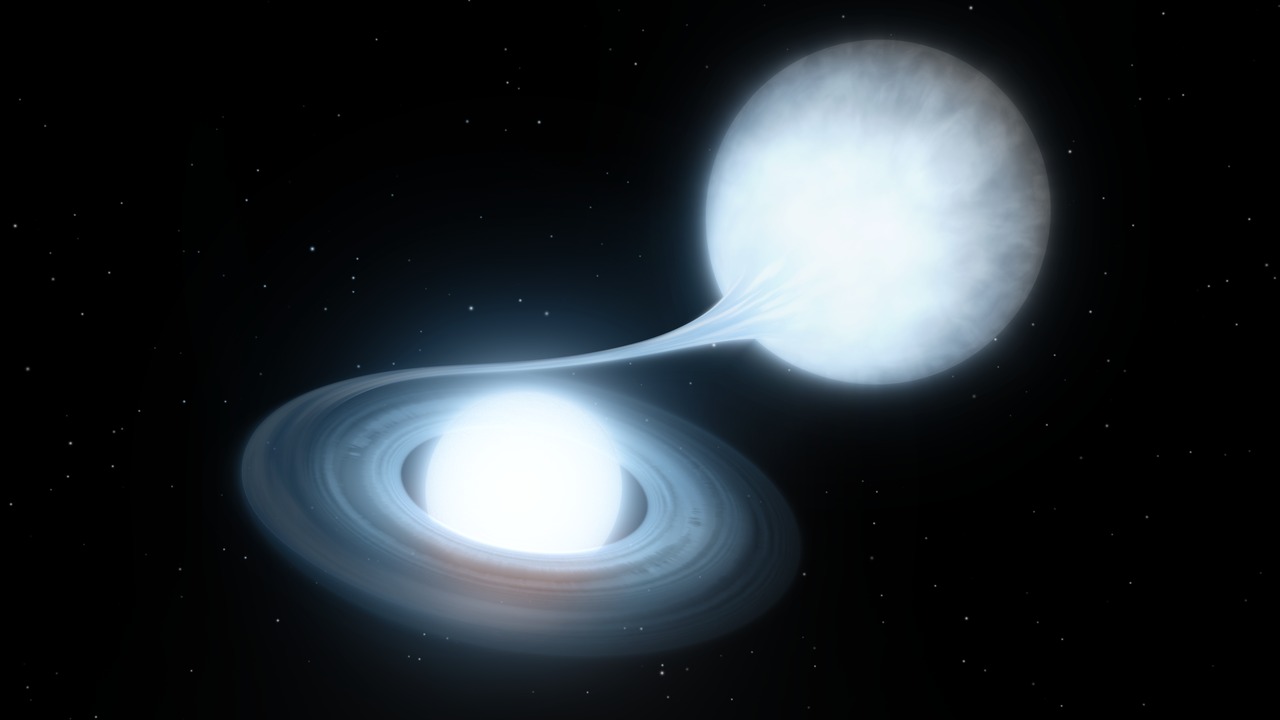
Suvi Gezari (University of Maryland, USA)
I would argue that ZTF has transformed the study of nuclear transients, and dramatically increased the discovery rate of
new behaviors associated with accretion onto supermassive black holes. In detail, we have been using ZTF’s excellent sensitivity to
variability, its ability to pinpoint variable sources to fractions of an arc second, and the follow-up spectroscopic classification power of SEDM, to discover
- AGN turning on in LINER galaxies: the most extreme class of changing-look AGN (Frederick et al. 2019)
- A new population of transients associated with Narrow Line Seyfert 1 galaxies (Frederick et al. 2020, Malyali et al. 2021)
- AGN offset from their host galaxy nuclei potentially due to a recoiling SMBH (Ward et al. 2021)
- Established TDEs as an astrophysical source population of very high energy neutrinos (Stein et al. 2021)
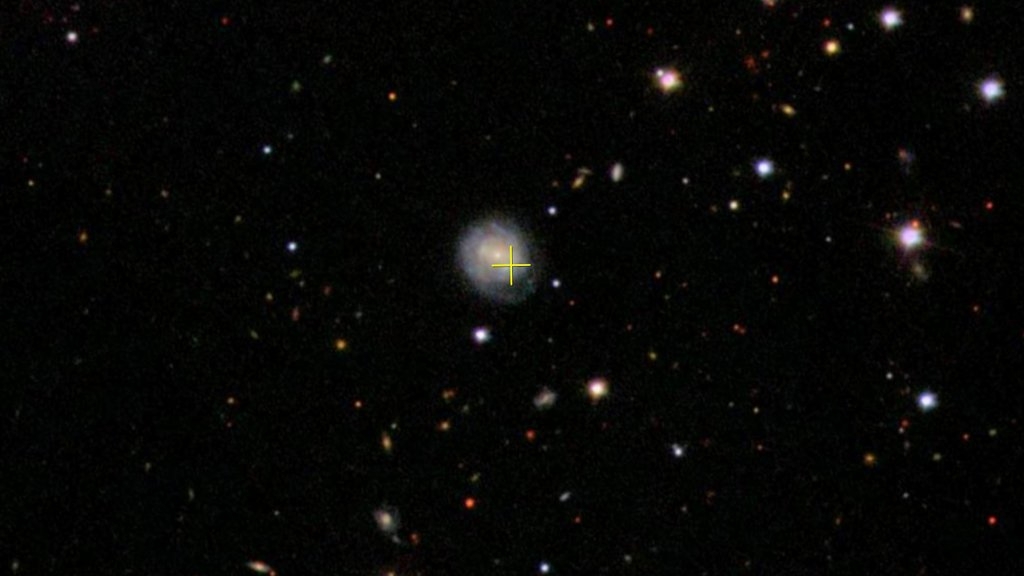
Anna Ho (University of Berkeley, USA)
ZTF has paved the way for the routine discovery of (mildly to fully) relativistic explosions in the optical band, without any GRB trigger.
In particular, ZTF is enabling exploration of the ~hour-timescale transient sky with routine discovery of optical afterglows. A surprising fact us that of the 10 afterglows,
four lack any detected GRB. ZTF has also enabled exploration of the ~day-timescale transient sky with spectroscopic classification of dozens of day-timescale transients.
So far, we are finding that the landscape is dominated by Type IIb and Type Ibn. Finally, with ZTF we can continue to look for new class of relativistic explosions such as the
AT2018cow, originally discovered by ATLAS.
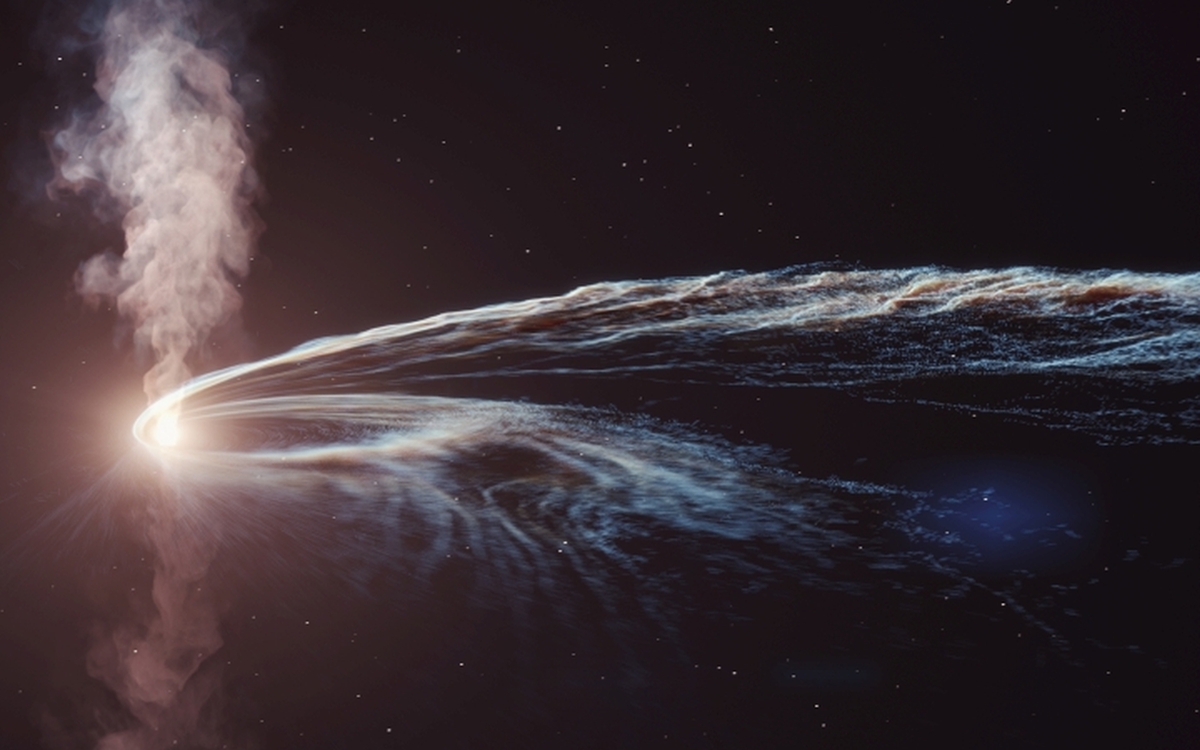
Robert Stein (Caltech, USA)
ZTF provides a comprehensive accounting of the dynamic night sky. If something explodes in the Northern Sky, ZTF knows about it.
ZTF's combination of cadence and depth is particularly well-suited to our neutrino follow-up program, giving us a full history of
transient candidates near high-energy neutrinos. This enables us to filter candidates efficiently and quickly find new or interesting sources.
With ZTF we were able to identify the tidal disruption event AT2019dsg as a probable neutrino source, only the second time a high-energy neutrino
source had been found. This was a great starting point, and it gives us vital hints to guide us in future searches for the source of the next neutrino event!
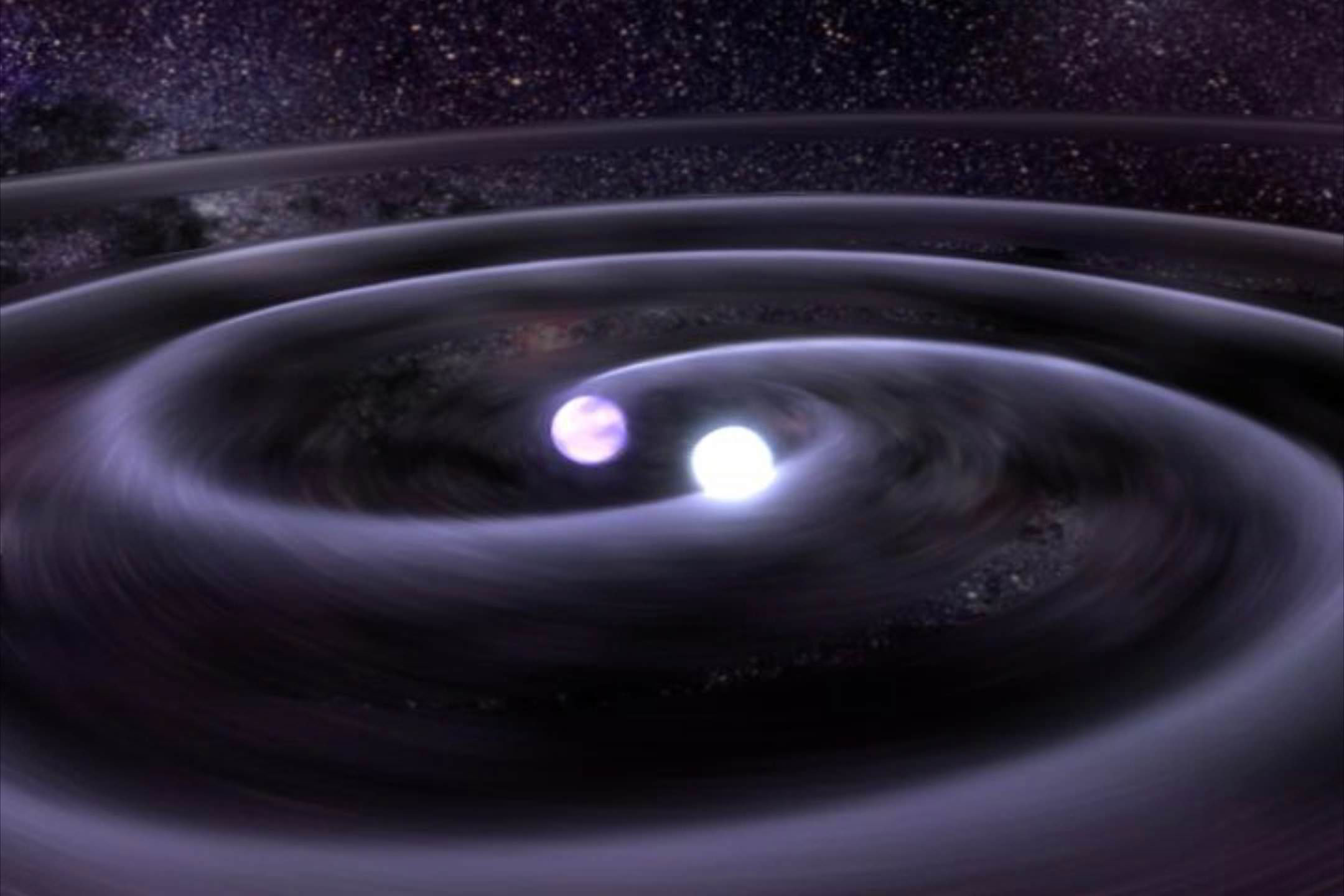
Michael Coughlin (University of Minnesota, USA)
I am most proud of the work that the ZTF multi-messenger group did in preparation for and during LIGO O3 observing run. We turned follow-up of thousands of degrees on the
sky into a routine event with ZTF. Our group learned to build and develop robust technology that would allow us to go from ingesting alert content
from the gravitational-wave, neutrino, and gamma-ray burst detectors, tile the skymaps to create and execute planned observations, and thereafter
to extract plausible candidates quickly and perform coordinated photometric and spectroscopic follow-up. We even did this as coordinated follow-up
with other facilities, i.e. DECam, and we really set the standards high looking towards O4, which I really hope validates all of our continued work
with a gravitational-wave counterpart.
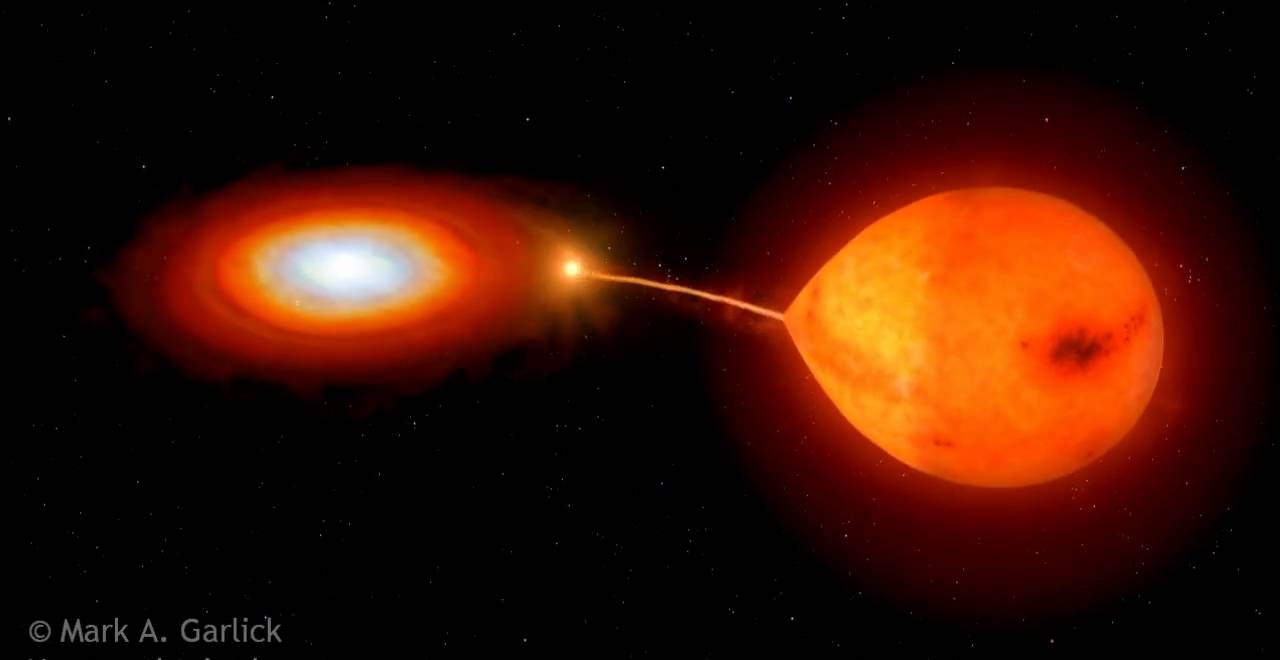
Paula Szkody (University of Washington, Seattle)
We use the Fritz marshal to sort through the alerts for cataclysmic variables (CVs). During the first 2 years,
this has resulted in more than 700 CVs that have been cross-matched with Gaia and other surveys and their outburst characteristics published. Follow-up
spectra have revealed candidates containing magnetic white dwarfs and other interesting NL systems. The analysis of the properties of this large group has
shown the increased numbers in the galactic plane, and that the majority of objects exist at the low luminosity end of the distribution, with the faintest
systems having close distances, meaning that they are intrinsically faint with very low mass transfer rates. These are also the systems with the largest
outburst amplitudes and the least number of outbursts. The progress of the machine learning to identify these objects produces an even larger list and will
be useful in narrowing the results to the most interesting CV types. Maximizing the numbers and types found throughout the Galaxy provides tests of population
and evolution models of star evolution, including how the mass transfer and common envelope phase affects the evolution of a white dwarf, the most common endpoint
of stellar evolution.

Antonio Rodriguez (Caltech, USA)
Working with Przemek Mróz, I have found 60 microlensing events in the first-ever microlensing survey of the Northern Galactic Plane using ZTF data. We confirmed the lower
optical depth to microlensing towards the Galactic plane compared to the bulge, but because ZTF DR5 has ~500 million light curves at Galactic latitudes <20 degrees, we
were still able to get a sizable sample of events. Most exciting results is our finding that microlensing events are 3 times longer towards the plane compared to the
bulge (60 days vs 20 days), and we have identified three events that show the microlensing parallax, which allows for a more reliable estimation of the lens mass.
Another encouraging result from me is the effectiveness of the von Neumann parameter for picking out statistically significant outbursts in long-term ZTF data.
YSOs, CVs, Be stars, supernovae, microlensing, and long-period-variables can be found with this.
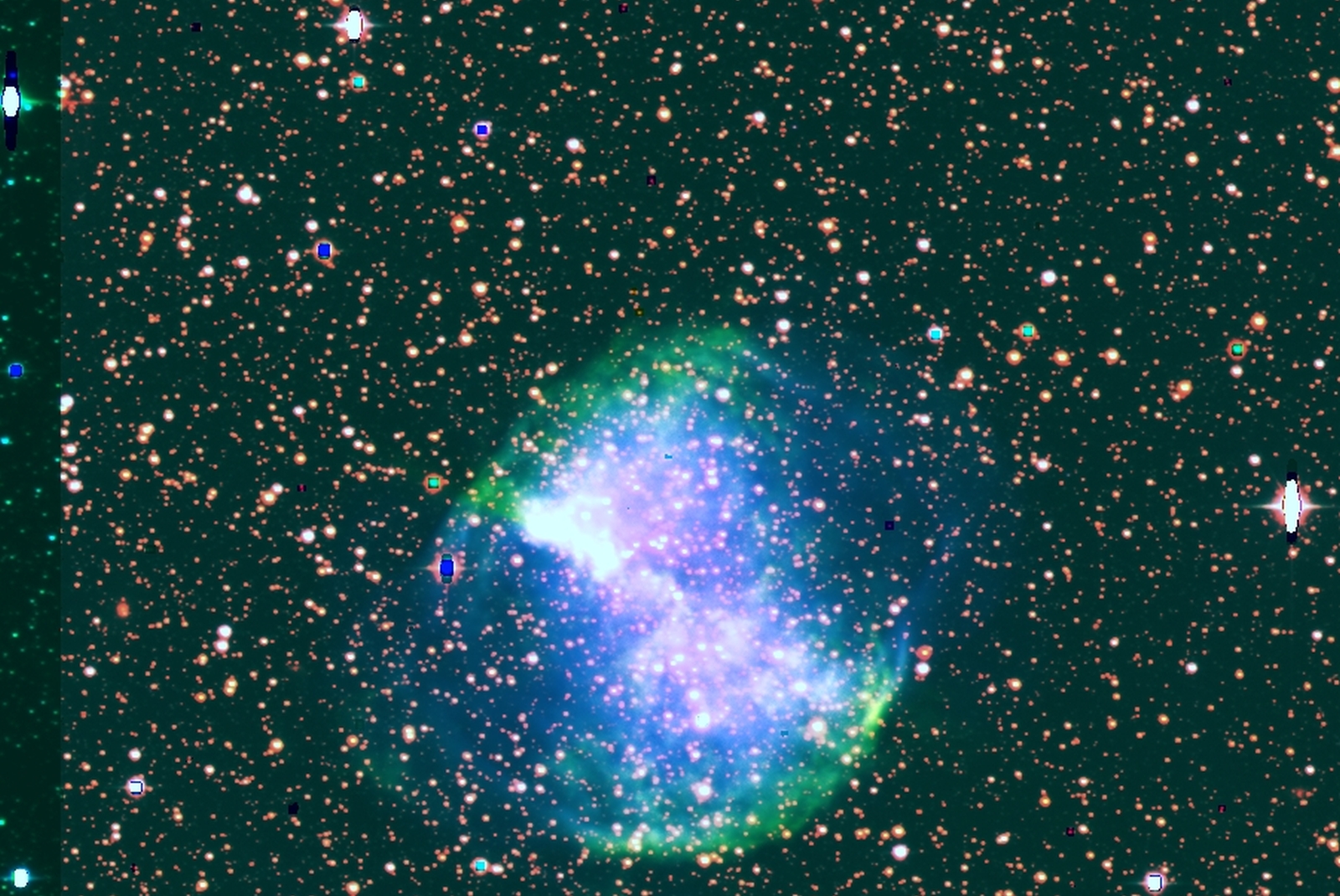
Albert Kong (TANGO, Taiwan)
ZTF fundamentally transforms our observational technique for Galactic stellar sources. Instead of snapshot observations, we now have a machine to
carry out a large-scale time-domain study.
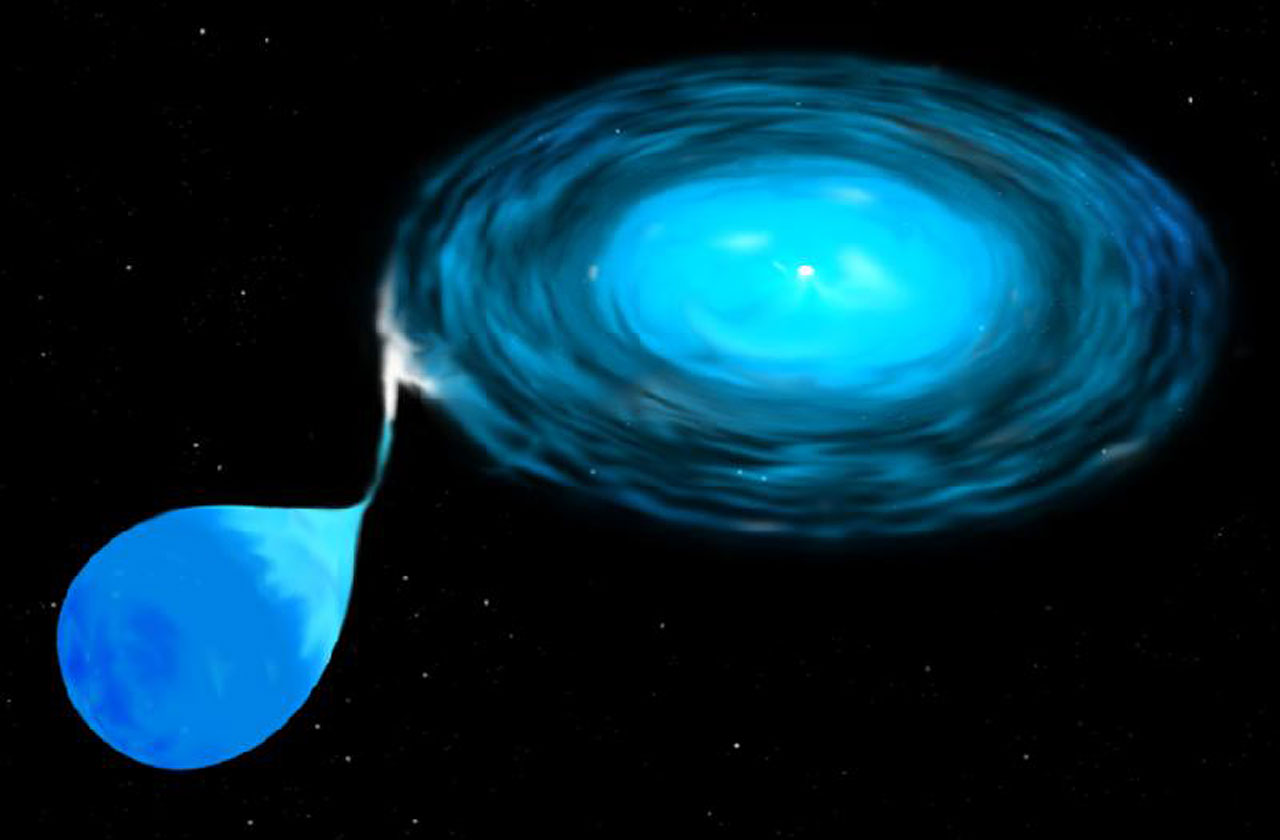
Jan van Roestel (Caltech, USA)
With ZTF, we have now found 5 new eclipsing AM CVn sources, increasing the known sample to 8. We measured the mass and radius of the donor, and
conclude that they are larger than previously predicted, which is inconsistent with the 'white dwarf' evolution channel (which was up to now assumed the most plausible).
Using ZTF alerts, we have found almost 3000 out bursting cataclysmic variables. By focusing on blue sources, we have discovered almost 20 new, rare AM CVn systems,
pushing the total know sample of these kinds of objects to over 90.
By searching for eclipsing white dwarfs, we have discovered over 900 white dwarf that have low mass companions, a order of magnitude more than previously
known. Among this sample are white dwarfs with strong (MG) magnetic fields, a very rare He-WD with a red dwarf companion, and ~20 WD-BD systems. This sample is
important to understand the common envelope, cataclysmic variable evolution including how CVs get magnetized, and puts an important upper-limit on the rate of
white dwarfs with giant planets orbiting them.
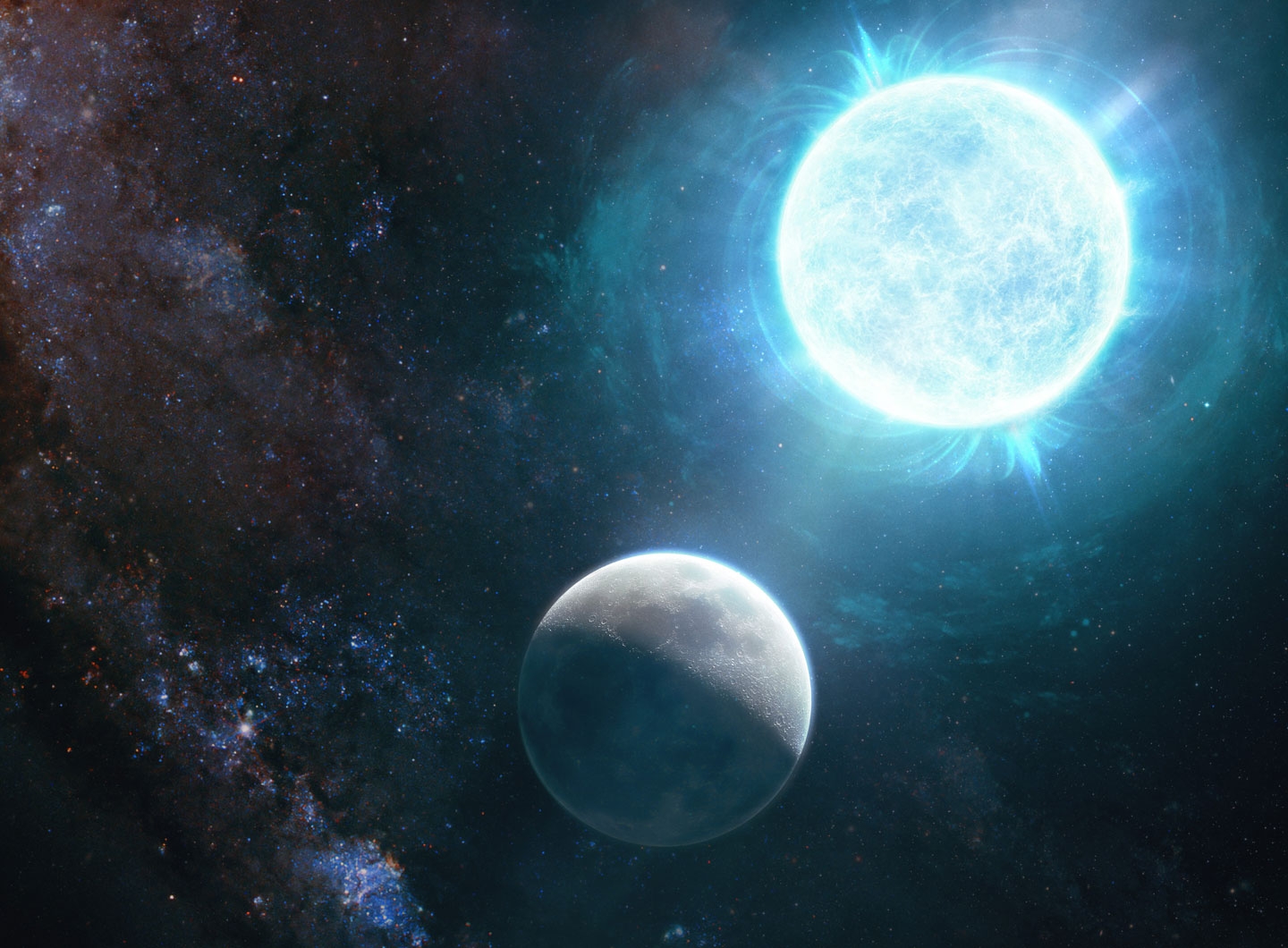
Illaria Caiazzo (Caltech, USA)
Before ZTF, only a very few white dwarfs with strong magnetic fields and periods less than a few hours were known. We are now building a sample of
dozens of massive, rapidly rotating and highly magnetized white dwarfs that are characterized as high-confidence white dwarf merger candidates. This unprecedented
rich sample will allow us to study the properties of merger remnants and their evolution, as well as probe the origin of magnetic fields in white dwarfs.
Furthermore, finding the merger rate of white dwarfs below the Chandrasekhar mass can provide important constraints on type Ia supernova rates and on the rate of
close double degenerate binaries that will be detected with LISA.
We have found extreme white dwarfs such as the ZTF J1901+1458, a white dwarf with a rotation period of 6.94 minutes, one of the shortest among isolated white dwarfs,
a magnetic field of roughly 800 MG, one of the highest fields ever detected on a white dwarf, and a stellar radius of about 2100 km. Such a small radius implies a mass
that is the closest ever detected to the white dwarf maximum mass.
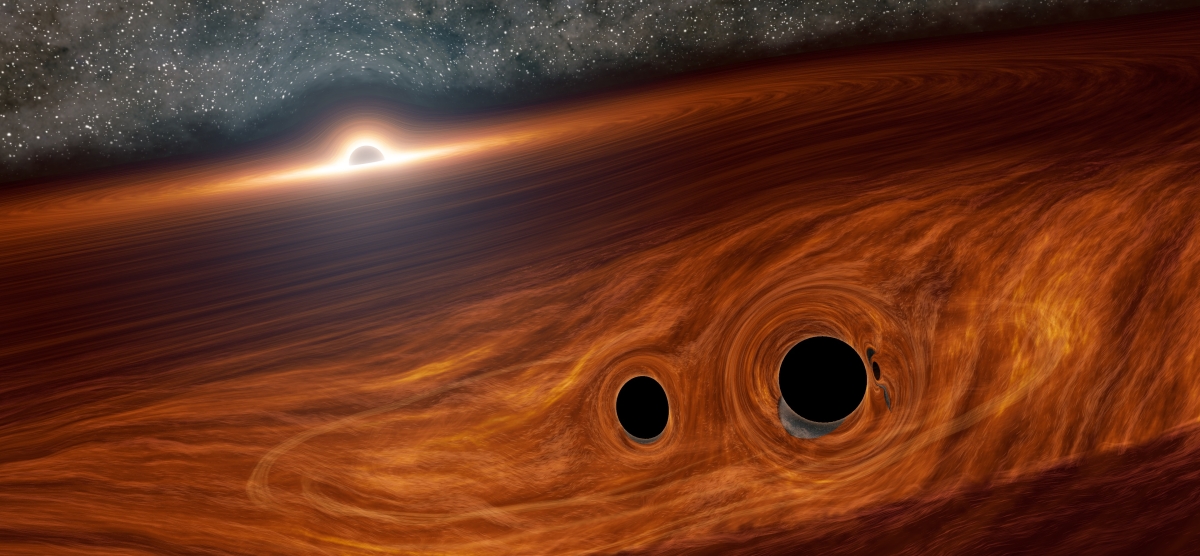
Matthew Graham (Caltech, USA)
AGN straddle the transient and variable phenomena so we have the discovery of changing-look LINERs and over 25 changing-look quasars;
extreme flares from narrow-line Seyfert 1 galaxies (which may be a new class) as well as extreme flares/behavior from heavier, more luminous
quasars, a few of which may be truly turning on. The most exciting result is, of course, the candidate EM counterpart to GW1905121g and our
overall goal at the moment is really a census of AGN flaring so we can categorize the phenomenology ready for LIGO O4 and have a better handle at
identifying false positives (although these may potentially interesting SNe, TDEs, etc. in AGN accretion disks). There are also ongoing searches
for gravitational lensing and neutrinos from blazars.
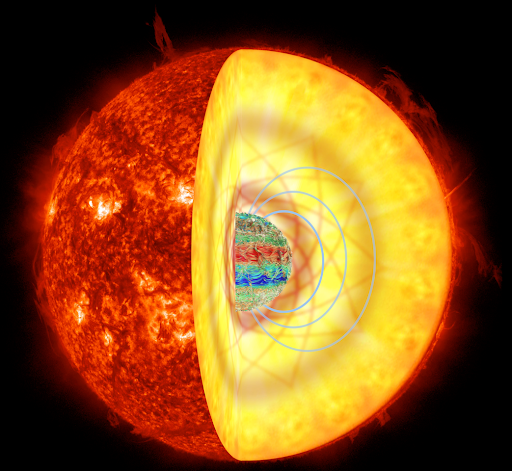
James Fuller (Caltech,USA)
ZTF discoveries of compact binary systems with white dwarfs are allowing for new theoretical advances related to the physics of these objects.
Those discoveries are helping to answer questions such as
- What are the formation pathways of merging white dwarfs?
- What is the outcome of mass transfer (e.g., AM CVn, R Cor Bor, magnetic white dwarf, supernova, etc.)? Given the large number of He+CO WD systems being
discovered and the low AM CVn space density, it appears that mass transfer is typically unstable in these systems, producing a R Cor Bor star. These may
then evolve into rotating magnetic white dwarfs, which ZTF is also discovering in large numbers due to their photometric modulation.
- How important is tidal heating and orbital decay?
- How do magnetic fields affect the appearance of white dwarf systems?
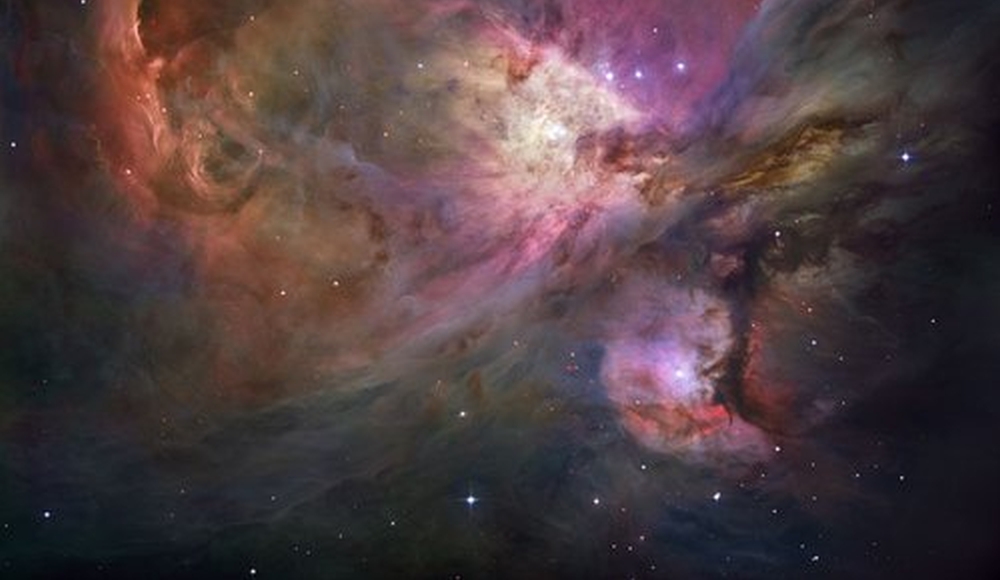
Lynne Hillenbrand (Caltech, USA)
While coverage varies around the Milky Way, for some star forming regions ZTF has been able to provide well-sampled, long-term multi-band
lightcurves of young stellar objects (YSOs) , which are especially valuable when there is also good coverage by PTF dating back to 2008. Such long-duration, high-cadence lightcurves
are key to characterizing the personalities of individual YSOs, and identifying those that stand out from the crowd through their dramatic bursts and outbursts.
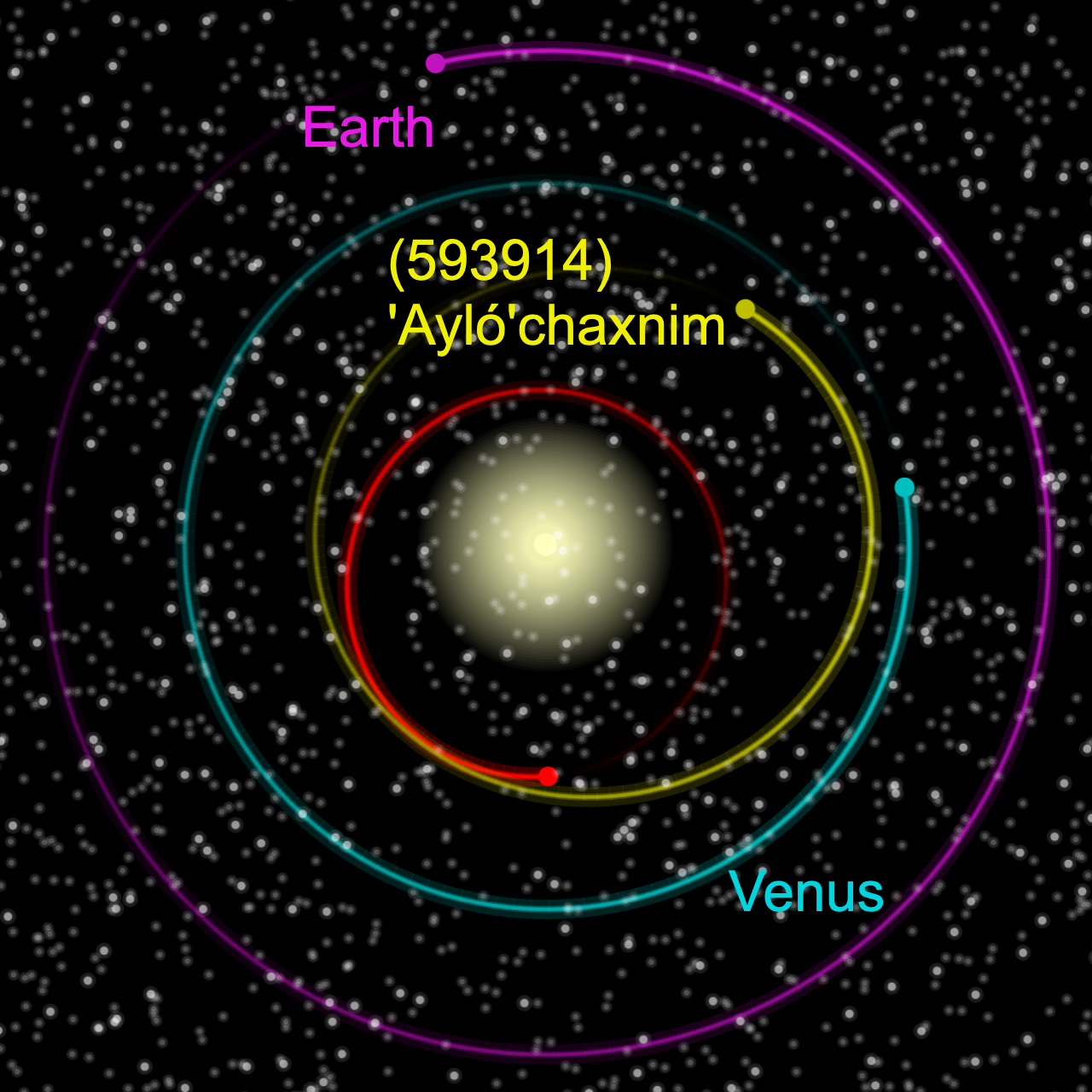
Bryce Bolin (Caltech, USA)
With ZTF we have detected ~200 fast-moving asteroids (streak detection) with machine and deep learning methods. Most of the fast movers were found within days to hours of their
closest approach, a large portion of which passed within the distance from the Earth to the moon, three (2020 QG, 2021 JU6, 2021 SP) that passed only within
~10,000 km of the surface of the Earth.
Within our group, we have made discoveries of inner-Earth/inner-Venus asteroids at small Solar elongations. We have found seven inner-Earth objects (2019 AQ3, 2019 LF6, 2020 AV2,
2020 OV1, 2021 BS1, 2021 PB2, 2021 VR3), ~25% of all known inner-Earth objects. We also discovered the only known inner-Venus object 2020 AV2, now officially named (594913) 'Ayló'chaxnim meaning "Venus girl" in the
San Luiseño language and the asteroid with the second shortest orbital period, 2021 VR3 with an orbital period of 143 days.
I think ZTF is an invaluable tool for studying Solar System asteroids and comets. It provides broad, high-cadence coverage allowing us to test
regions of the Solar System’s phase space that have not been explored before for asteroids and comets allowing us to see them in a new light. Streak
detection and the large field of view of ZTF provide unprecedented ability to detect and discover close-approaching asteroids. Coverage of the twilight sky
enables the detection of asteroids closer to the Sun than has been done before. The broad sky coverage enables the photometric monitoring of thousands of asteroids
and comets over the survey’s lifespan that will enable the determination of their physical properties and active behavior. I think we have only scratched the surface
of what can be done for the Solar System with the ZTF survey’s capabilities and dataset.

Dennis Bodewits (Aubern University, USA)
Probably the largest, most systematic comet brightness survey thus far. For some comets, there are long-term light curves spanning 1000 days! The quality of these light
curves, consistently measured in the same way, is entirely different from what was previously available (compilations by amateurs using different methods/sites). The
comet survey is like a weather forecast for comet activity, tremendously helping with scheduling observations and keeping track of events of interest.
I also think the fast rotator work is incredible. There are 8-km sized asteroids spinning in less than 2 hrs, challenging our understanding of the mechanical make-up
and cohesion of asteroids.
Our love-hate relationship with the Centaur 29P, a mysterious object at 5.5 AU from the Sun that might connect the populations of Kuiper belt and Jupiter Family comets.
From surveys like ZTF, it is now clear that the object never has a quiet moment, and we’ve given up reporting on every little burp the object releases. However, this
object will be key to evaluating how complete our survey is, and how many outbursts in comets we may have missed.
Finally, the ZTF archives provide us with a time machine. If a new, interesting object is discovered, like interstellar comet 2I/Borisov,
the ZTF archive allows us to look for pre-discovery images and better constrain orbits as well as the evolution of the activity over time.
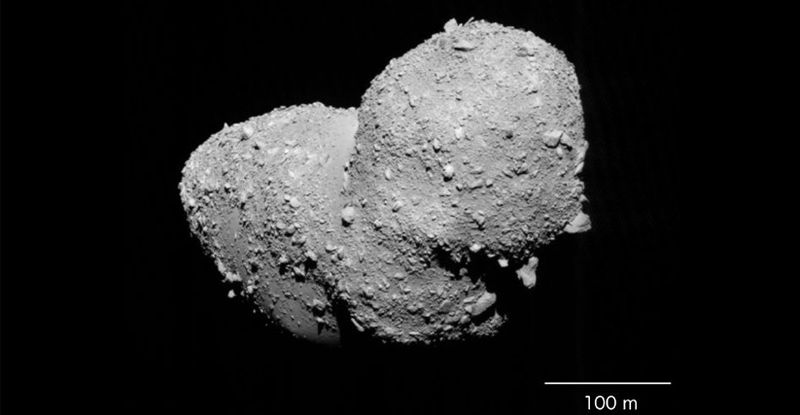
Chan Kao Chang (ASIAA, Taiwan)
I am excited about the large super-fast rotators hunting using the ZTF. With ZTF high-cadence surveys, we have discovered 25 super-fast rotators, which is an odd group of
asteroids and cannot be explained by the current internal structure model. Using the ZTF super-fast rotators, we placed an upper limit of the cohesion of
few thousands Pa, which is several times larger than the previous estimation.
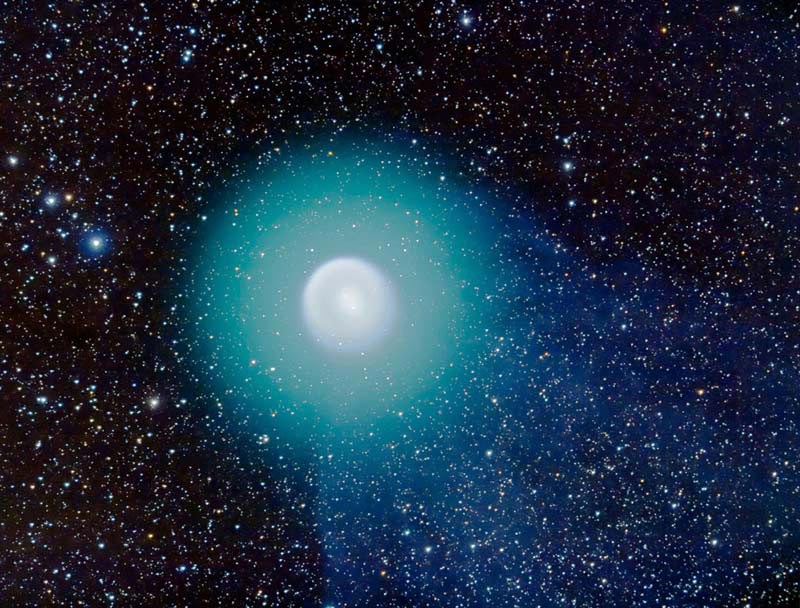
Mike Kelley (University of Maryland, USA)
ZTF's Twilight Survey has been a great extension to the project. It has increased our discovery rate of near-Earth objects, especially those wholly
interior to the Earth's orbit. Seven of the 11 inner-Earth object discoveries between March 2018 and November 2021 are credited to ZTF.
ZTF has also been a great discoverer of cometary outbursts. As of November 2021, we have observed over 80 outbursts from 40 different comets.
This is the largest uniform survey of cometary outbursts, all owing to the cadence, sensitivity, and consistency of the ZTF surveys.

Zhong-Yi Lin (NCU, Taiwan)
Using the great time coverage and wide phase angle data in ZTF, about forty thousand asteroids' H-G phase curves can be extracted. After our
optimistic data selection, about thirty thousand asteroids' phase curves can be fit very well and the results can do the preliminary classification
of asteroids that have not been classified before using both photometric and spectroscopic observations.
The size distribution in the main belt and Near-earth asteroid, therefore, are more accurate than that did before. Cometary outburst detection
(following up observations using 40cm and 1m telescope at Lulin observatory). Due to the excellent data coverage, the mechanism of cometary outbursts
might be resolved or the model can be improved.
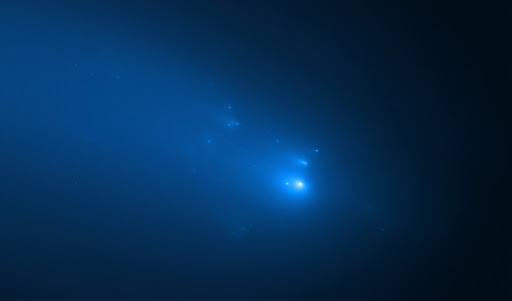
Quanzhi Ye (University of Maryland, USA)
ZTF is a powerful tool for solar system astronomy -- its extremely fast surveying speed and moderately deep coverage has enabled many
things that haven't been explored before. From my perspective, searching in the twilight sky would have been a lot more difficult and inefficient
without a fast and (moderately) deep survey like ZTF.
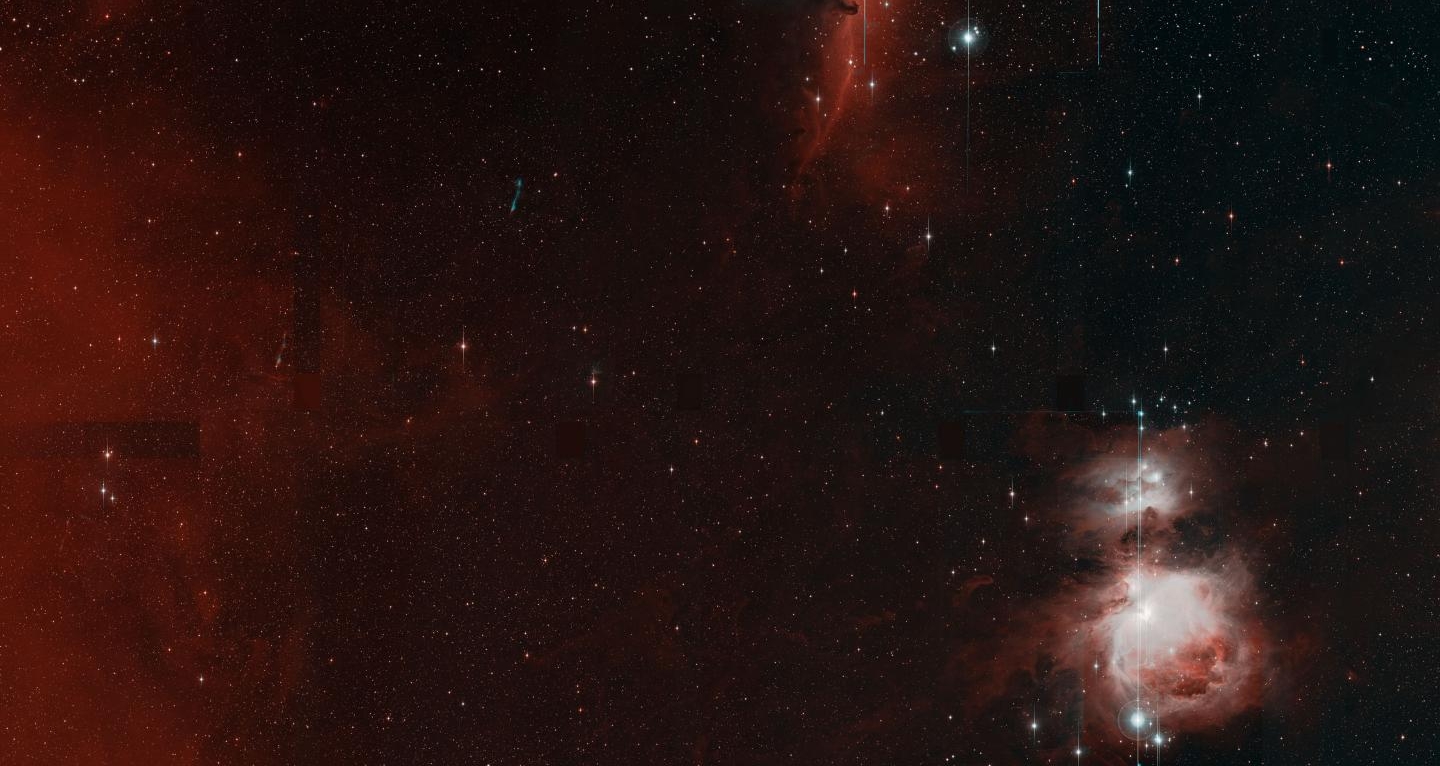
Eric Bellm (Univesity of Washington, Seattle, USA)
An under-remarked achievement of ZTF is the degree to which it is serving as infrastructure for community-driven time-domain science. There are ten or
more community alert brokers which are processing the stream daily, providing sophisticated services such as the ALeRCE stamp classifier. ZTF is valued
because of its raw capability to quickly survey depth and volume, its general-purpose public surveys, and the comprehensive data products provided by the
alert stream as well as the data releases.
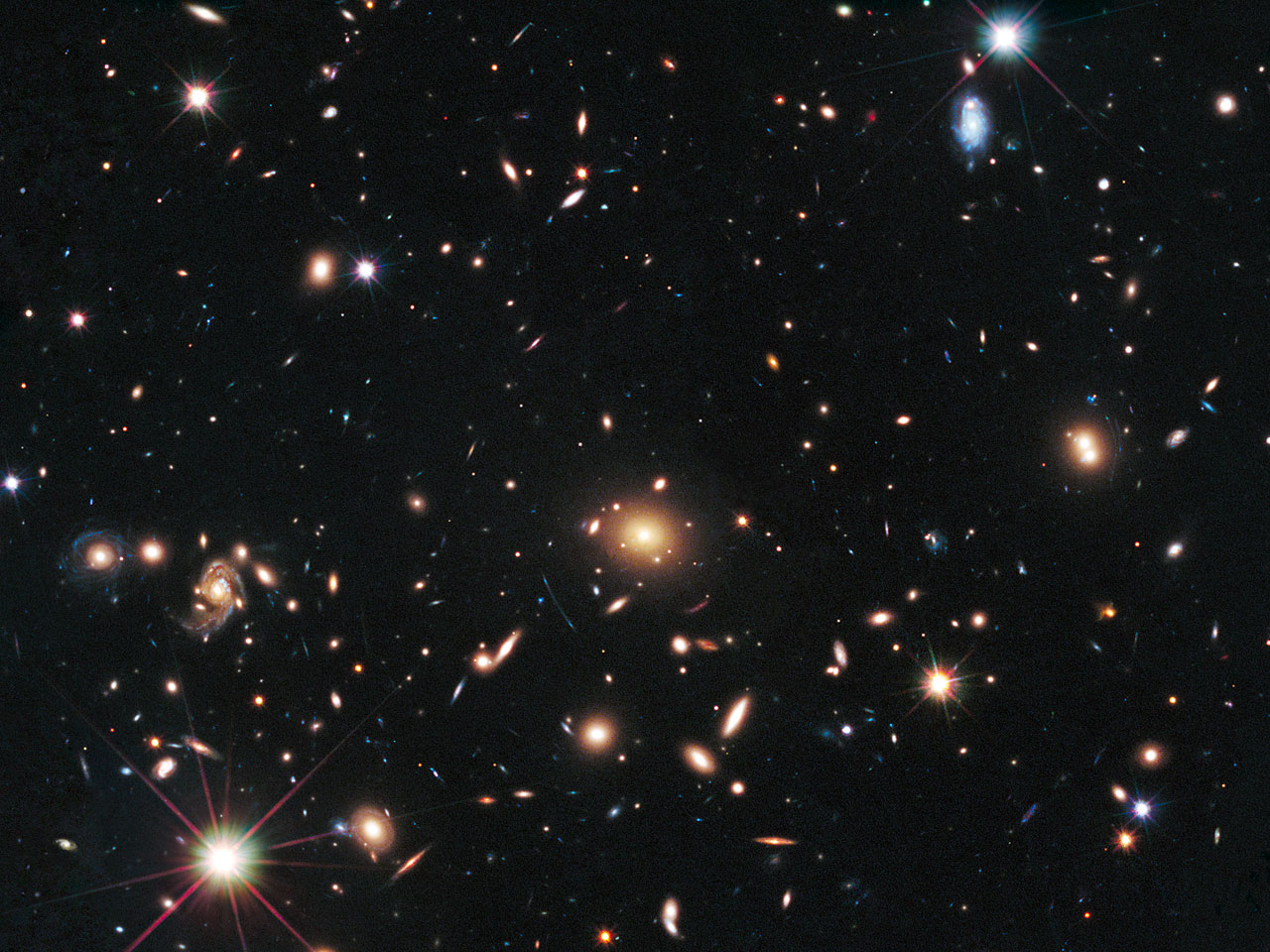
Jakob Nordin (DESY, Germany)
ZTF has revolutionized transient astronomy, both in terms of the volume of real-time data obtained as well as through the distribution and storage of
new detections as alerts. In more detail, I have worked to make proper use of these developments:
- Fully autonomous detection, follow-up orchestration and analysis of infant supernovae. We now have programs in place that in real-time scans the robotic
P48 observations, selects young transients for follow-up with close 100% purity and makes sure these follow-up observations are taken. This allows us to
regularly observe infant supernovae within hours after explosion.
- Transient astronomy as reproducible science. Interpretation of transient observations have often been limited by the uncontrolled and often subjective selection
of which objects to study in close details. The controlled ZTF alert stream, together with scalable analysis tools such as AMPEL, now allows us to design analysis
schema that captures the full usage of real-time data. We can control how a single transient relates to the full ensemble of variable events found in the Universe.
We can also reverse the game and ask "what if" questions - if I had been running a specific transient search, what would I have reacted to?
- The true start of the multi-messenger astronomy era. We can now, again use tools such as AMPEL, compare the output of different real-time observatories
in order to find unique transients. A key prerequisite that ZTF provides is that the full sky was scanned just a day or two ago.
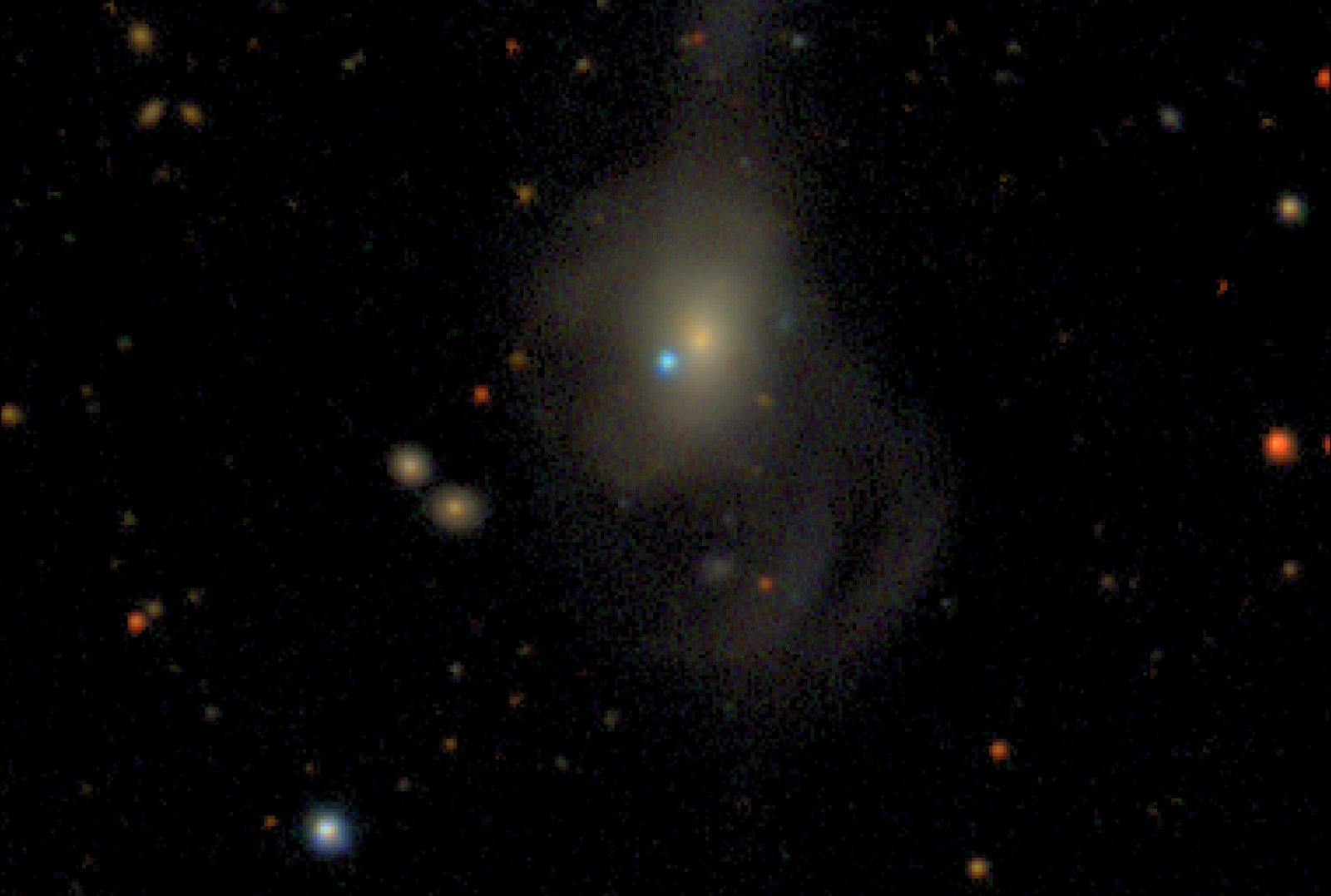
Adam Miller (Northwestern University, USA)
ZTF has enabled a dramatic increase in the number of SNe Ia that are observed within a few days of explosion.
Building this sample has allowed us to address the lingering question of how many SNe Ia have early excess emission. The answer seems to be that such emission is rare.
Observationally, none of the 127 SNe Ia that were detected well before maximum in the 2018
high-cadence campaign showed obvious evidence for an "early excess" (Yao et al. 2019). Furthermore, detailed radiative-transfer models of the individual light
curves in this sample show only a modest fraction ~1/4 that possibly have evidence for excess emission (Deckers et al. 2021). These numbers are further corroborated
by detailed simulations of the entire ZTF survey, and the expected recovery of SNe Ia with excess emission (Magee et al. 2021). We are not there yet, but by the
end of ZTF-II we will be able to place statistical constraints on the presence of RG companions in the SD progenitor scenario.
Nevertheless, the high-cadence observations from ZTF did enable us to find the second ever example of a SN Ia with an early "flash" SN 2019yvq,
though this event is very different from iPTF 14atg after the observed UV excess at early times (Miller et al. 2021b). The quality of observations for
19yvq, which was enabled both by the ZTF 1-d cadence and the ability of SEDM to take spectra ~nightly provided an ideal laboratory for modeling different
progenitor scenarios capable of explaining the early emission in that SN.
Finally, the expanding fireball model is one that has been present and adopted in the literature for a long time. The model effectively says
that the early emission from a SN Ia follows a t^2 power law. While other papers had suggested this might be the case, the ZTF 2018 sample clearly
showed that the fireball model is not appropriate for most SNe Ia (Miller et al. 2021a). While this is a tiny victory in the grand scheme of ZTF,
there is a lot of inference that has been made assuming f ~ t^2; hopefully this assumption is not carried at all to the future.
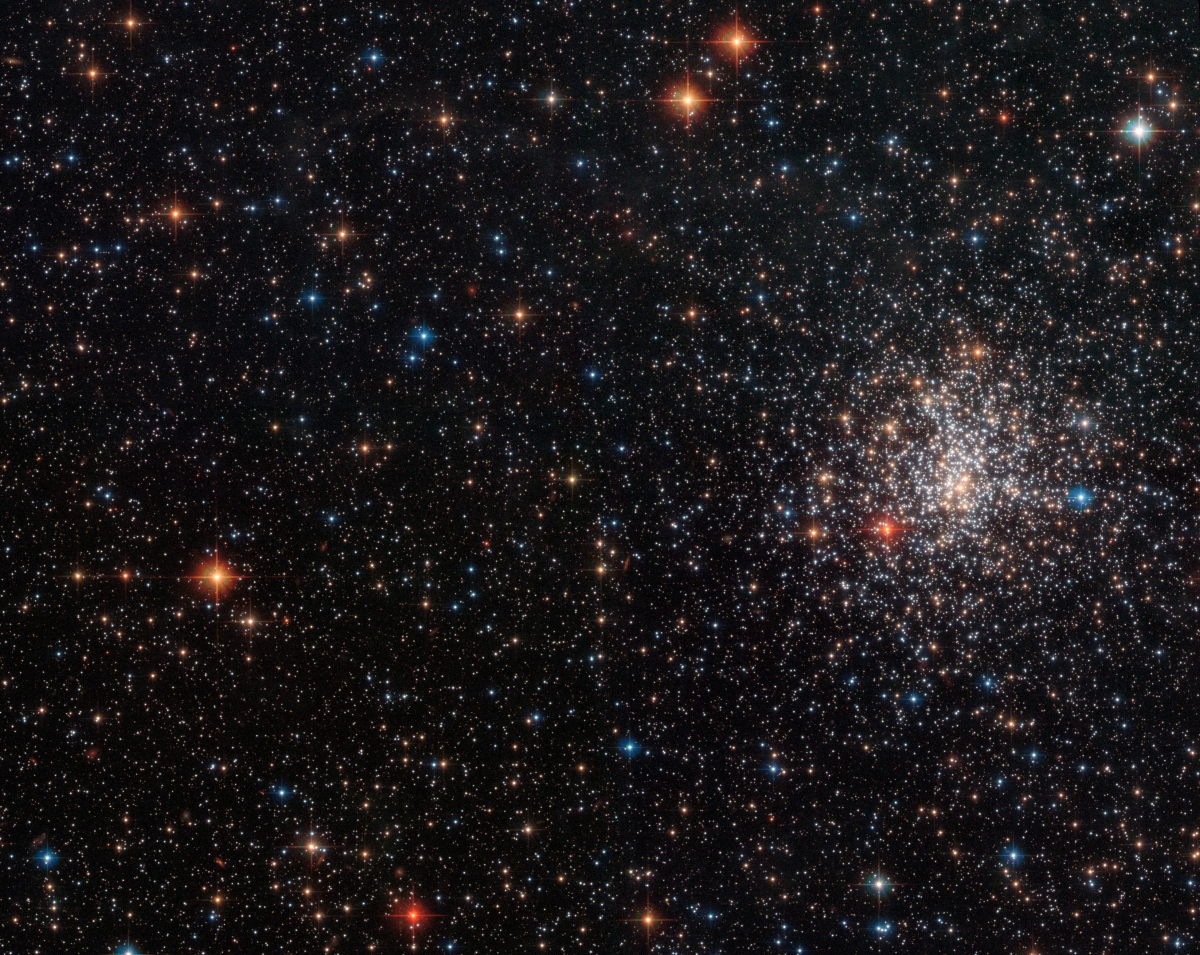
Ashish Mahabal (Caltech, USA)
The ML group has been improving XGBoost and DNN classifiers and applying
them to the entire ZTF catalog. We now also have an anomaly detection pipeline that is running on all fields.
In Solar System science we are using archival asteroid light curves to explore rotational periods. The ML work on finding comets and streaks has been producing steady results and saving
thousands of human hours. It has also led to machine-recognized discovery of comets C/2020 T2, P/2021 N1, recovery of lost comet P/2011 A2.
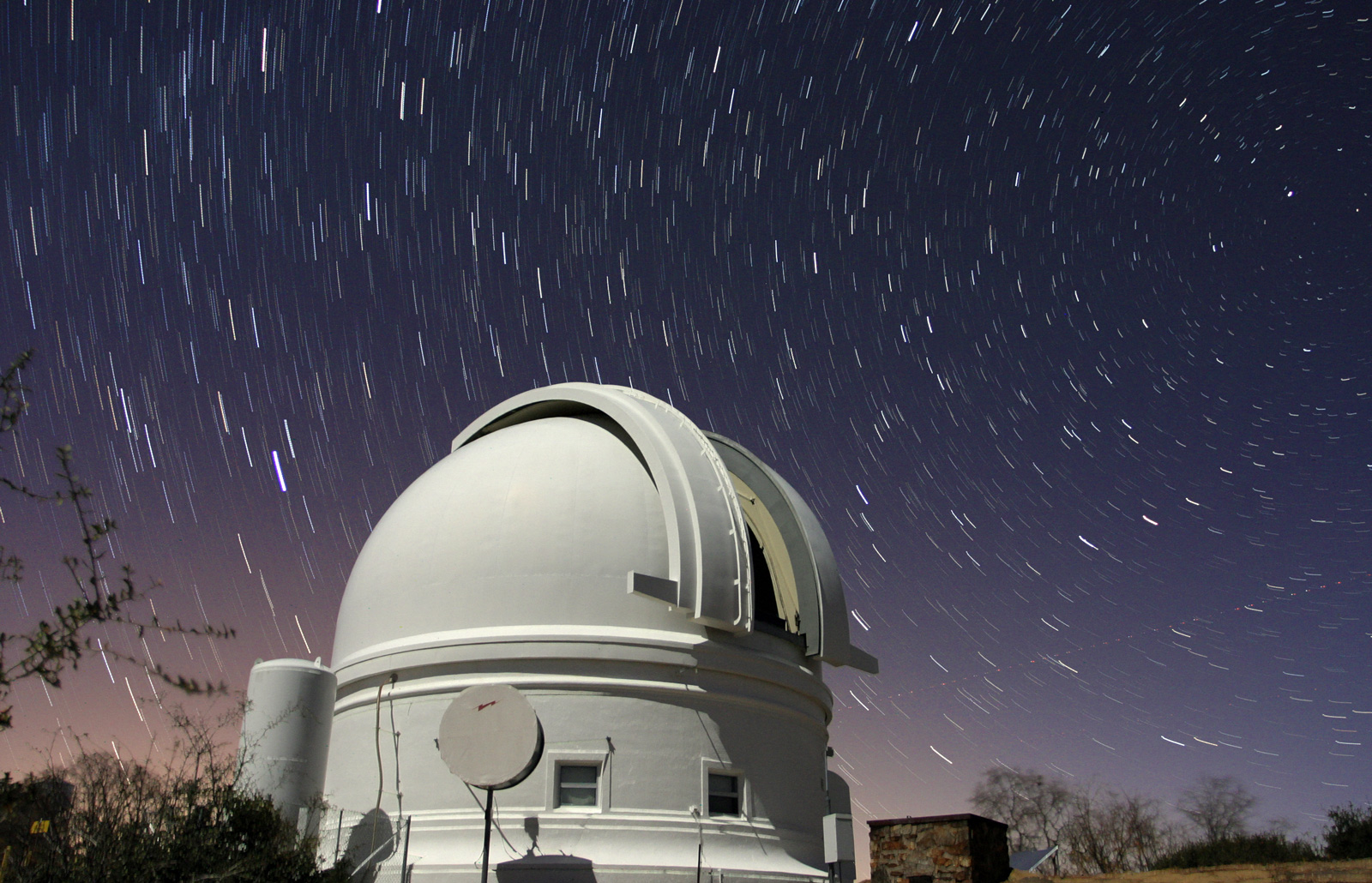
Dmitry Duev (Caltech, USA)
Fritz, the data platform we built for ZTF adopting the best industry DevOps practices, is unmatched in its capabilities and technical sophistication. It implements
an end-to-end, scalable, API-first system featuring a data archive, an alert broker with a powerful and flexible filtering sub-system with built-in deep-learning-enabled
classification capabilities, an interactive marshal, and a follow-up observation management tool, driving the science done with ZTF.

Don Neill (Caltech, USA)
I am proud of the work we did with the Spectral Energy Distribution Machine (SEDM), which is the front-line robotic classification facility for ZTF. The effort
has paid off and the SEDM is now the leading classifier in the world of transients on the TNS website. The current facility provides 95% completeness for
classification of transients down to magnitude 18.5 in r-band. With the new facility we have the potential to push this down to magnitude 19. This facility and
its associated infrastructure allowed ZTF to blaze the trail for transient science and made it easier for subsequent large projects such as LSST, who now have
merely to extend the procedures and facilities developed by ZTF.







































